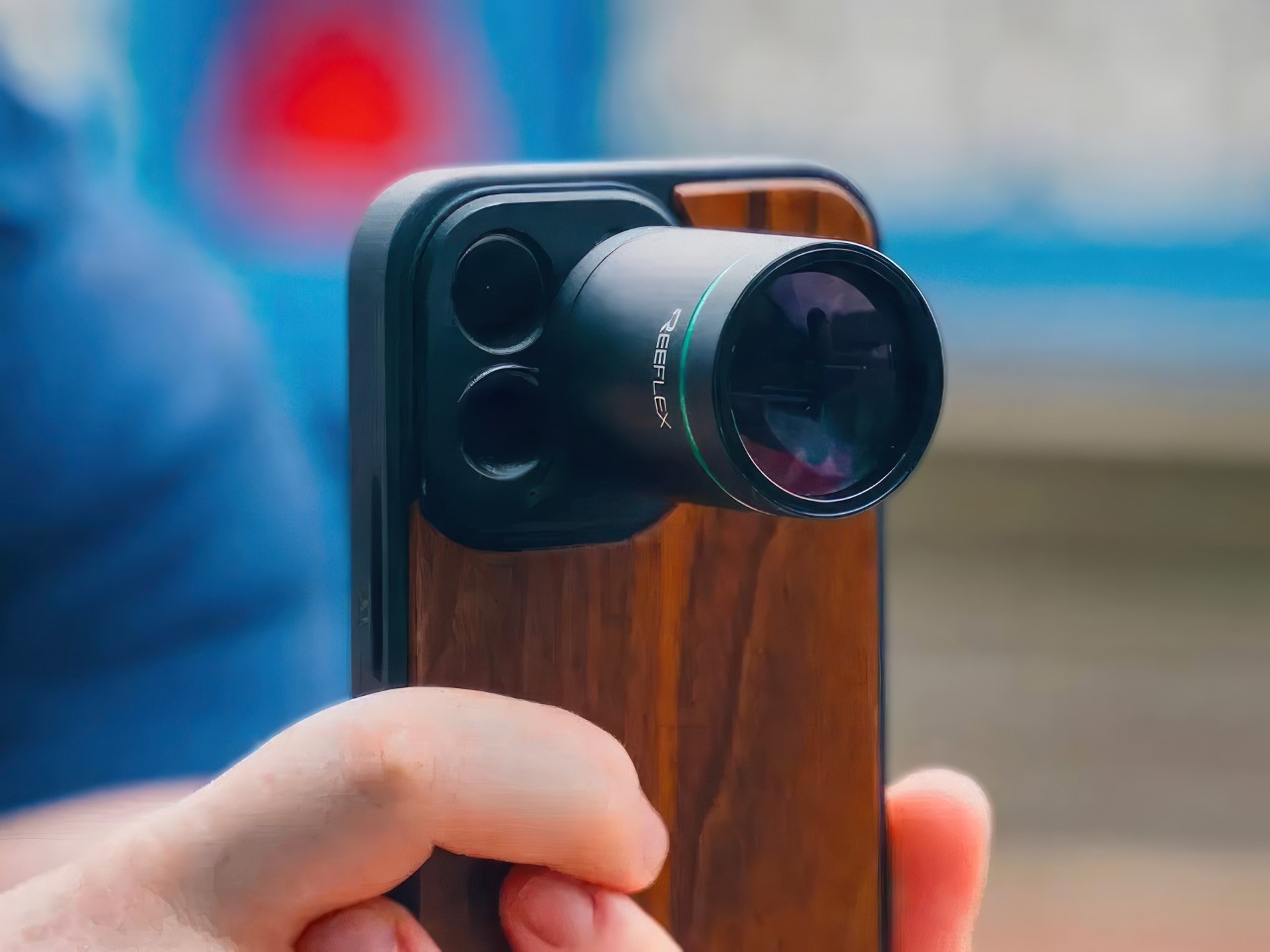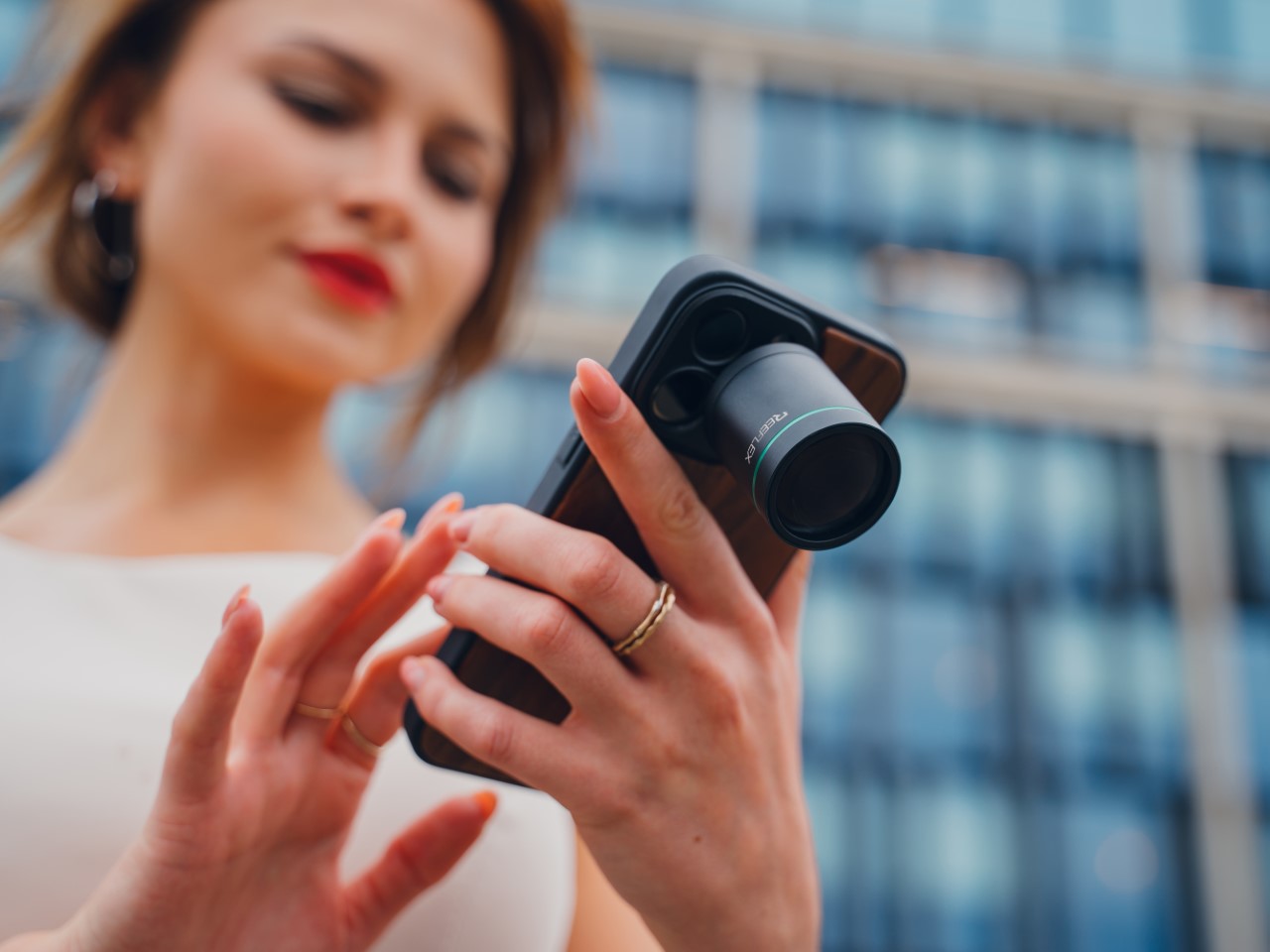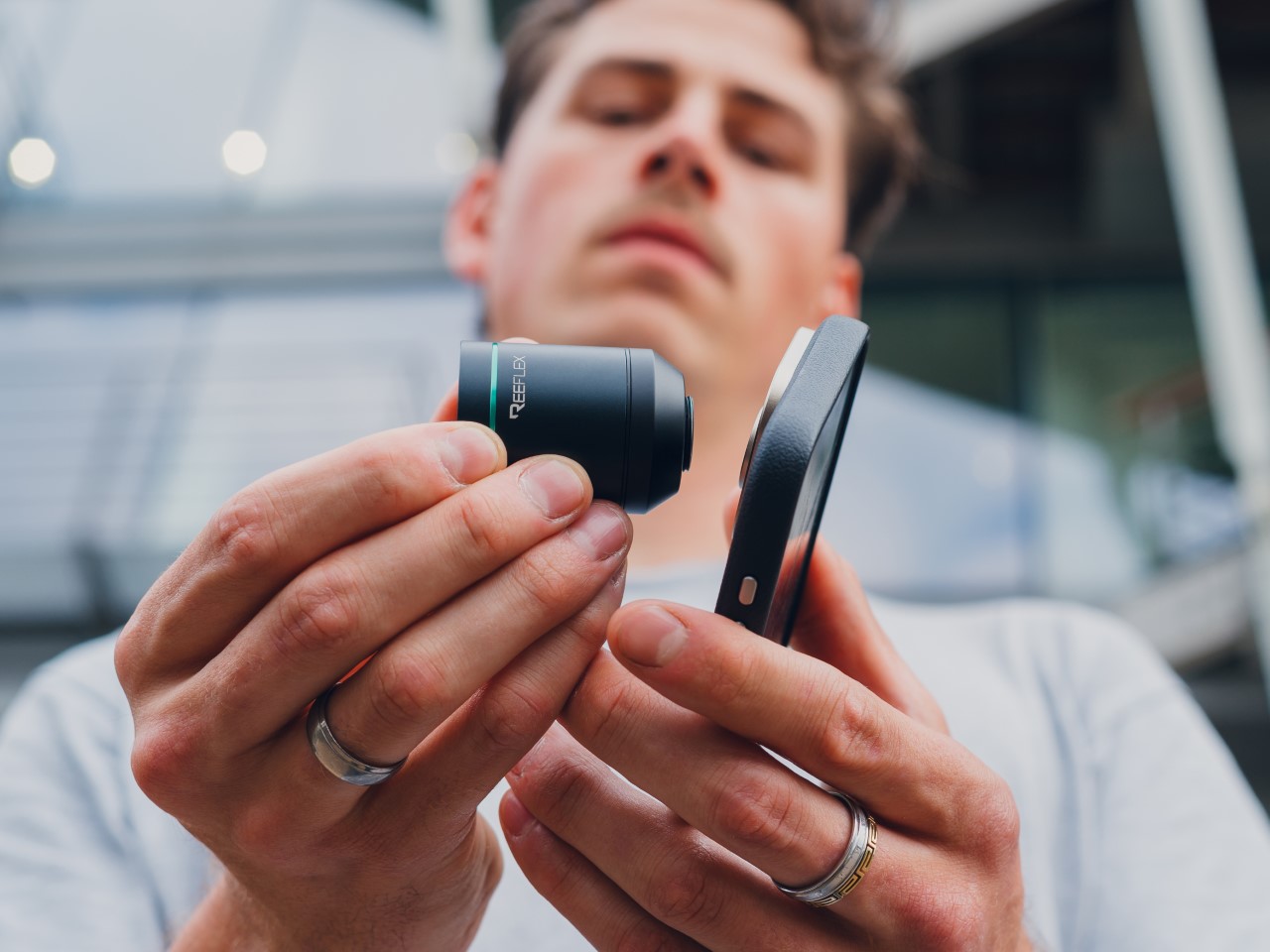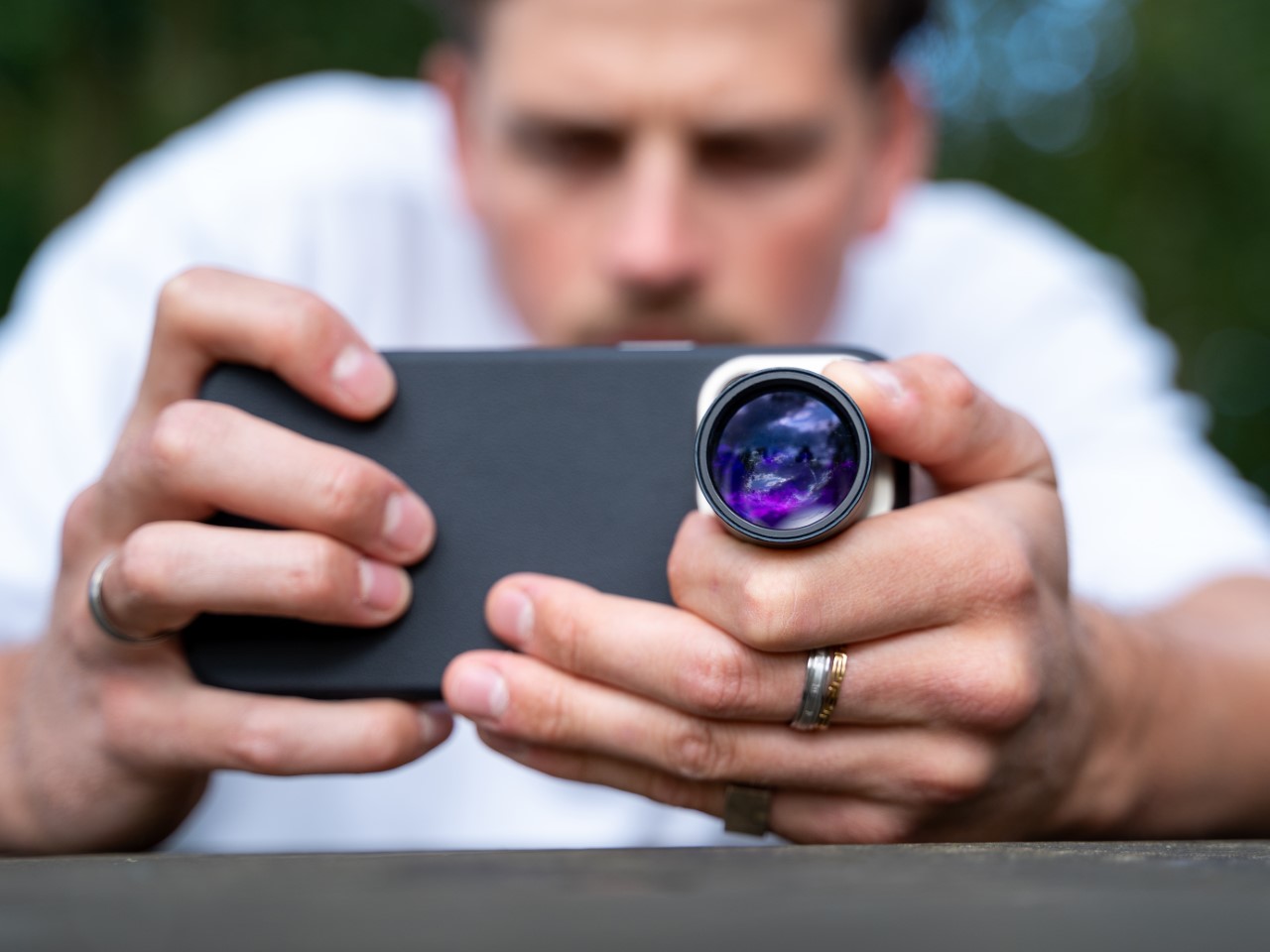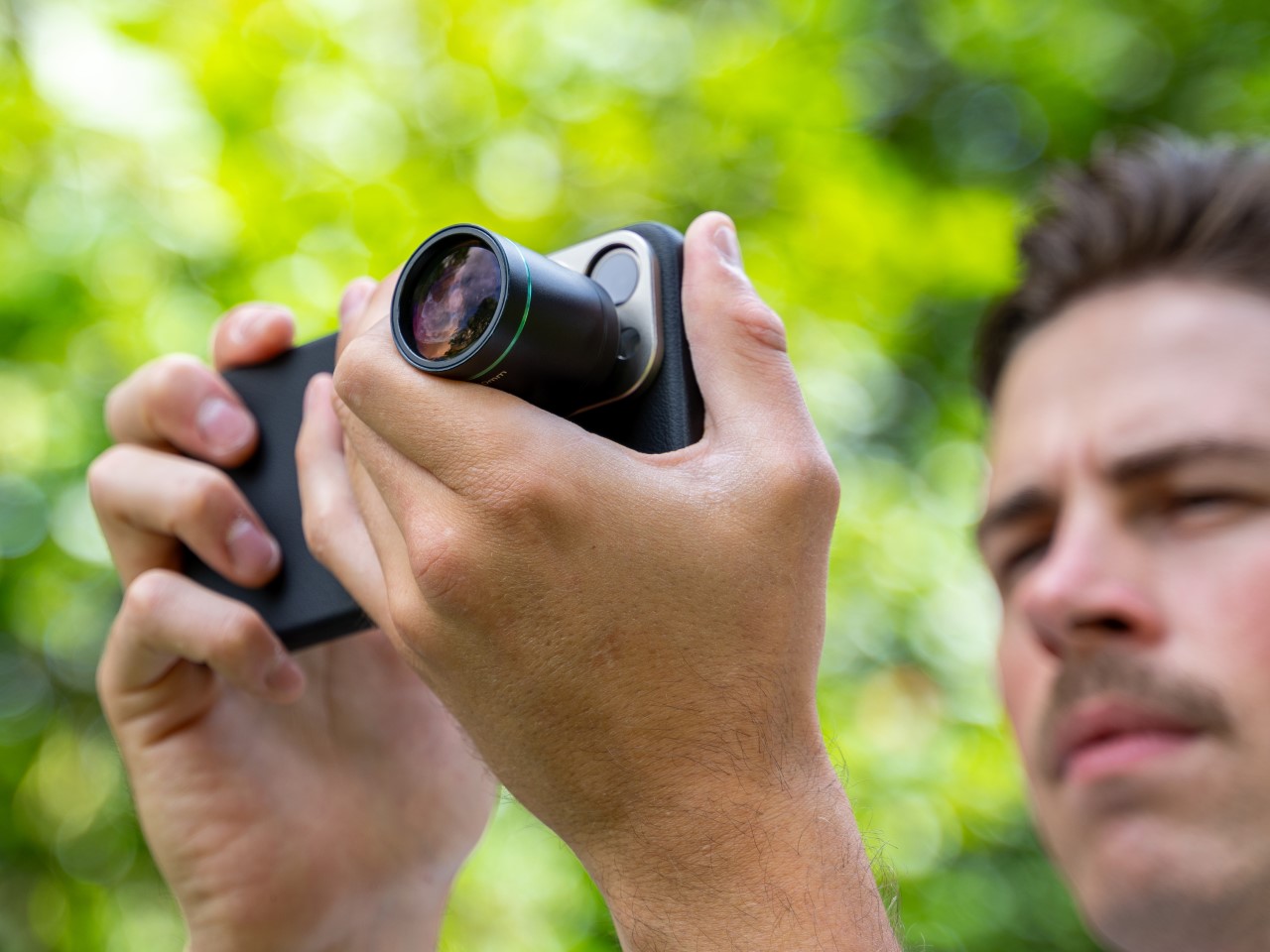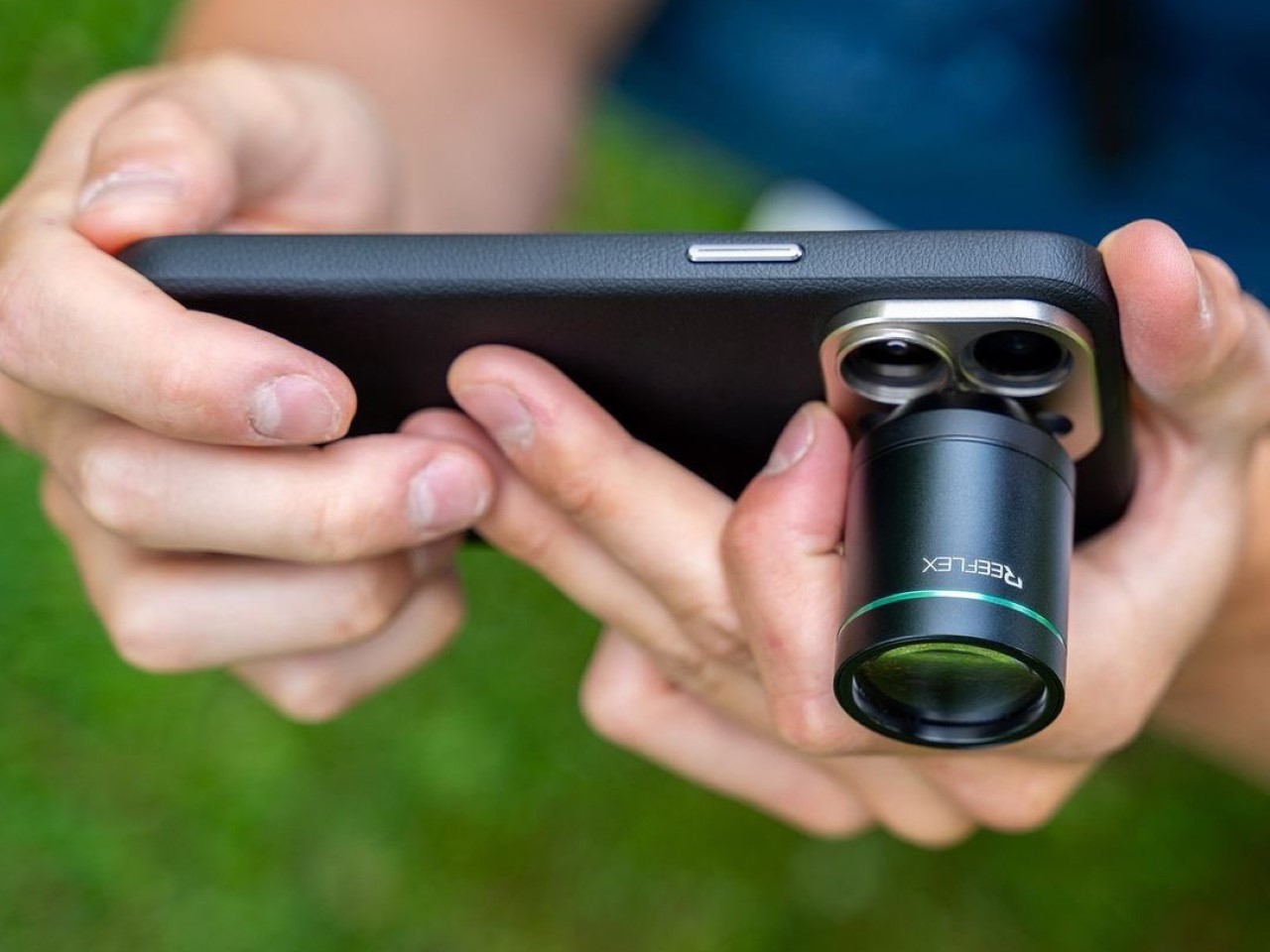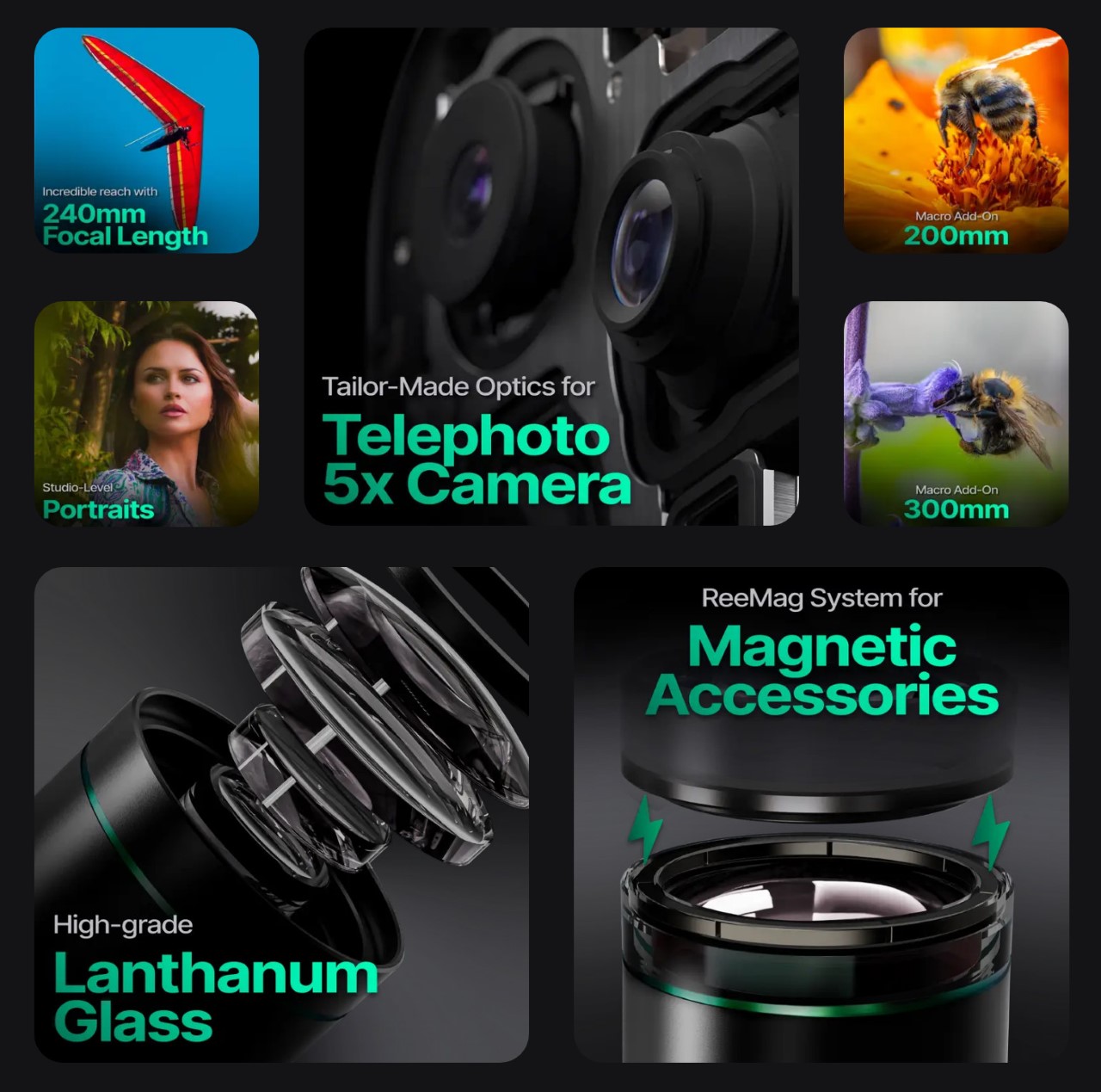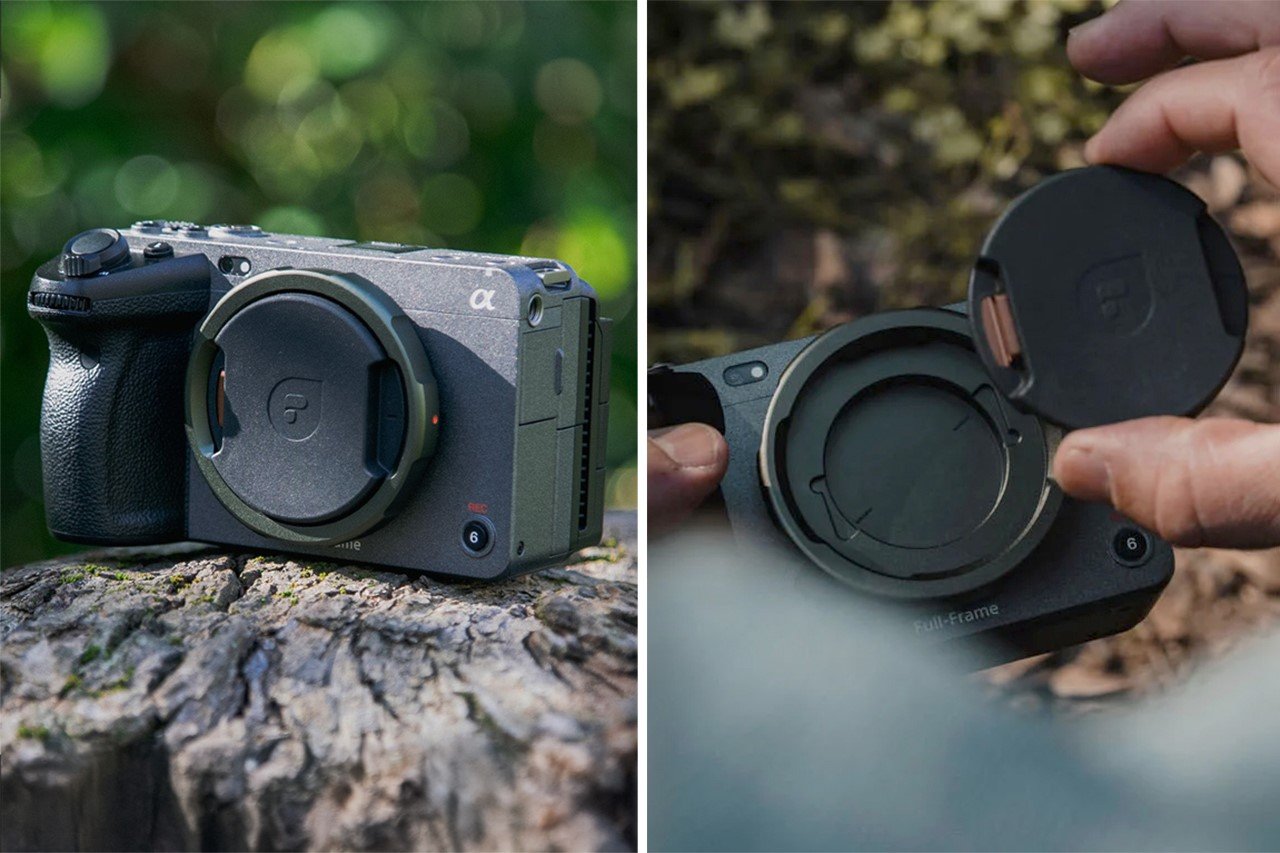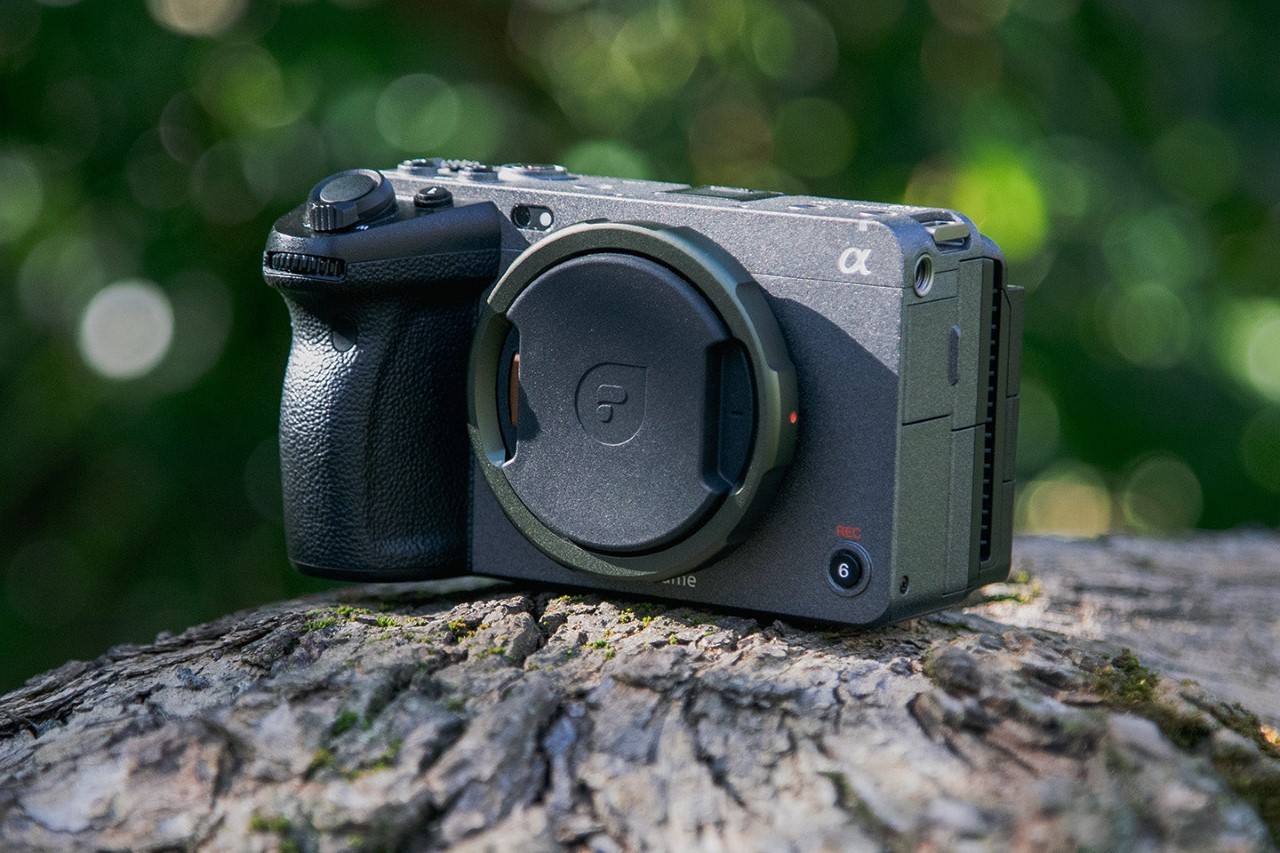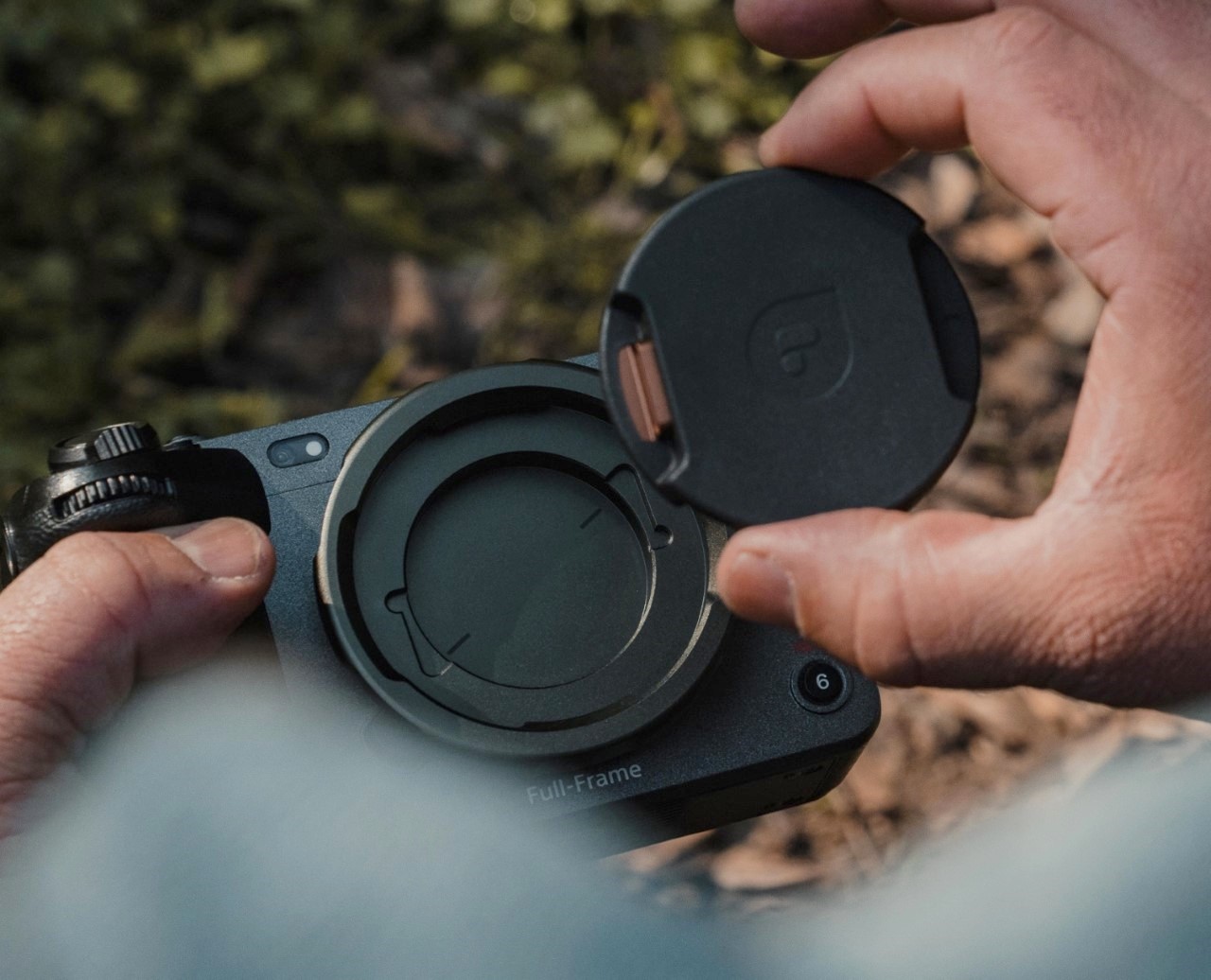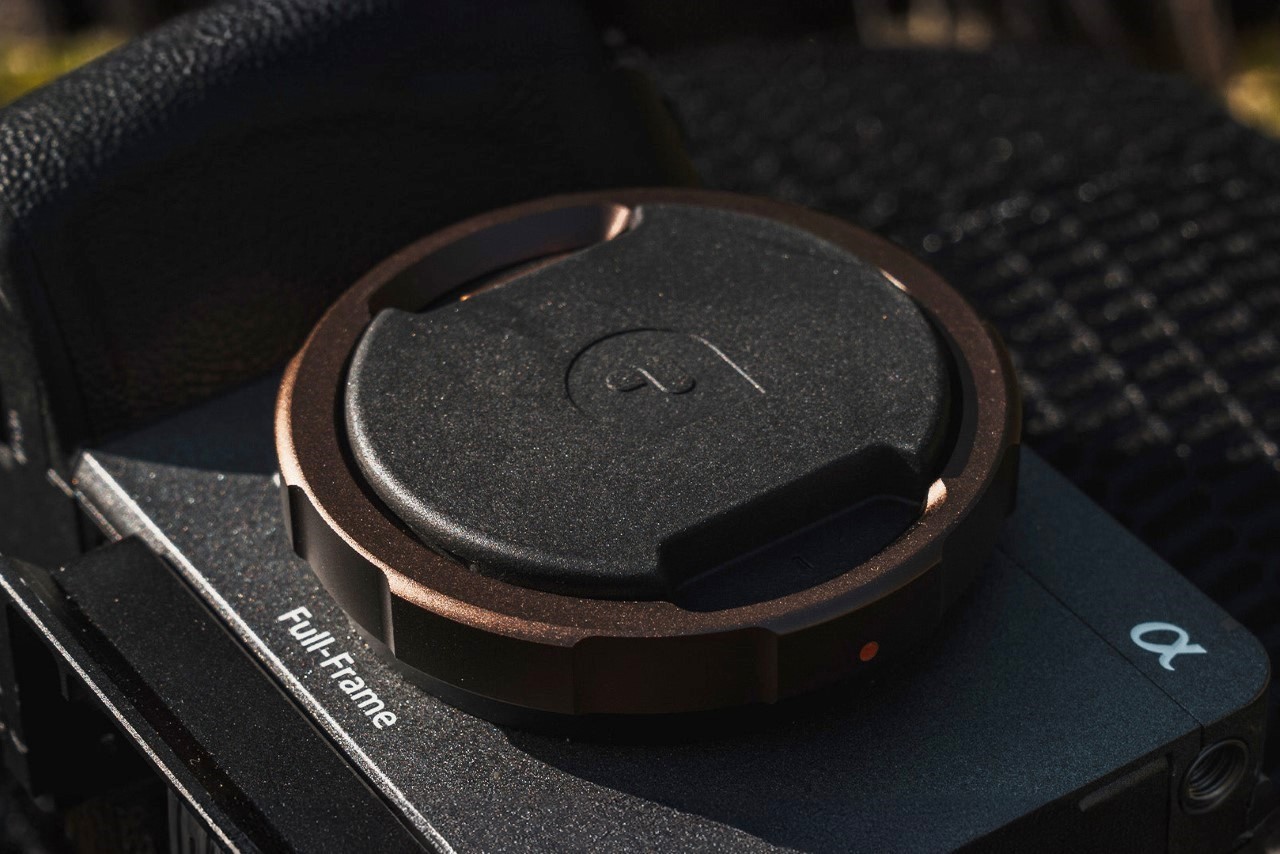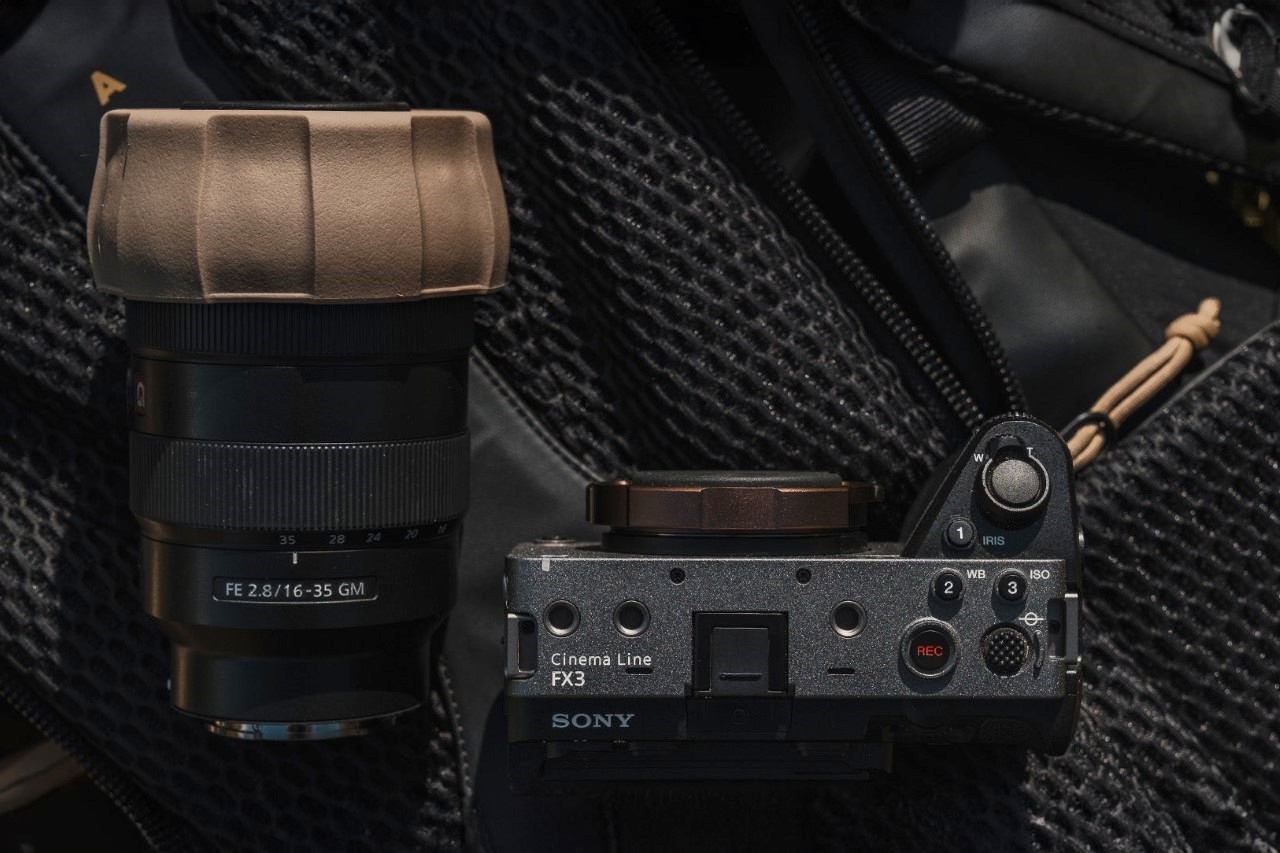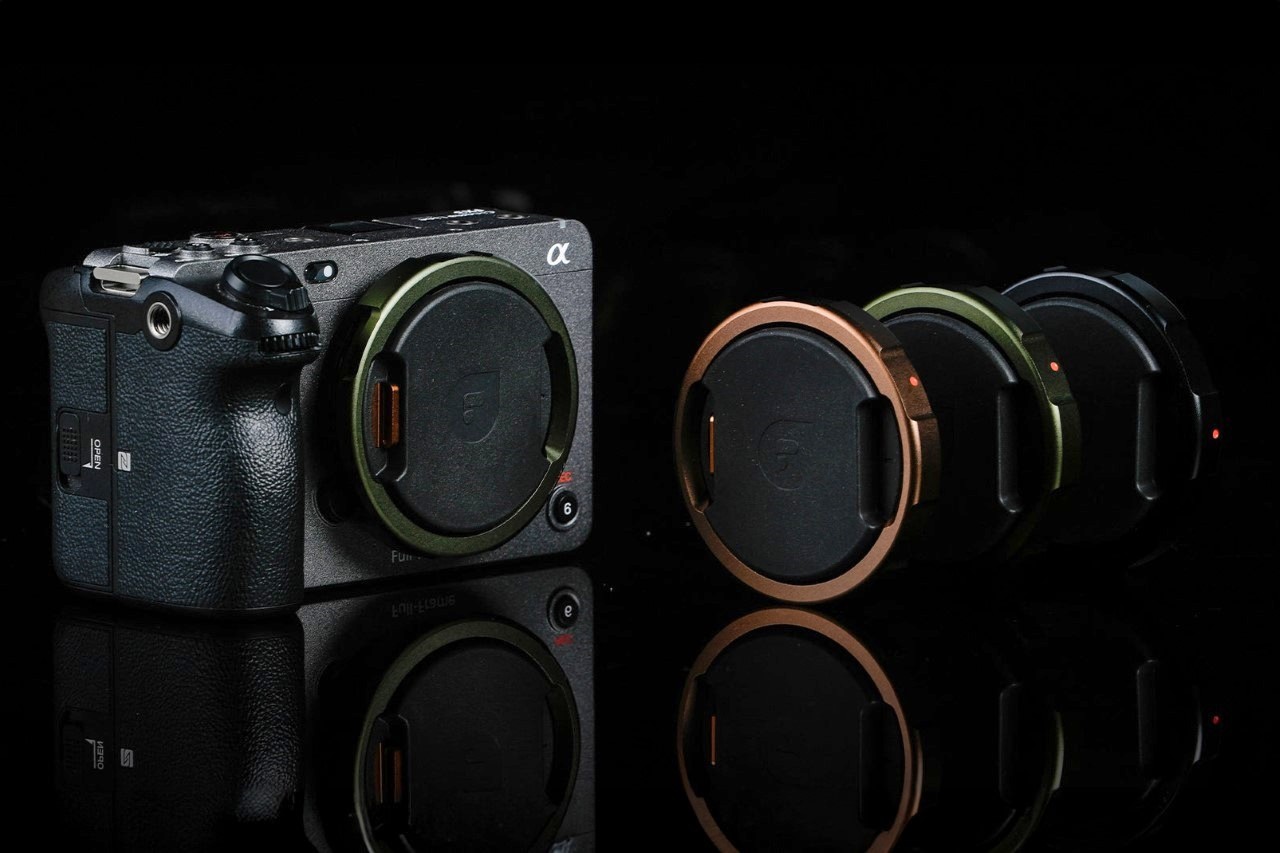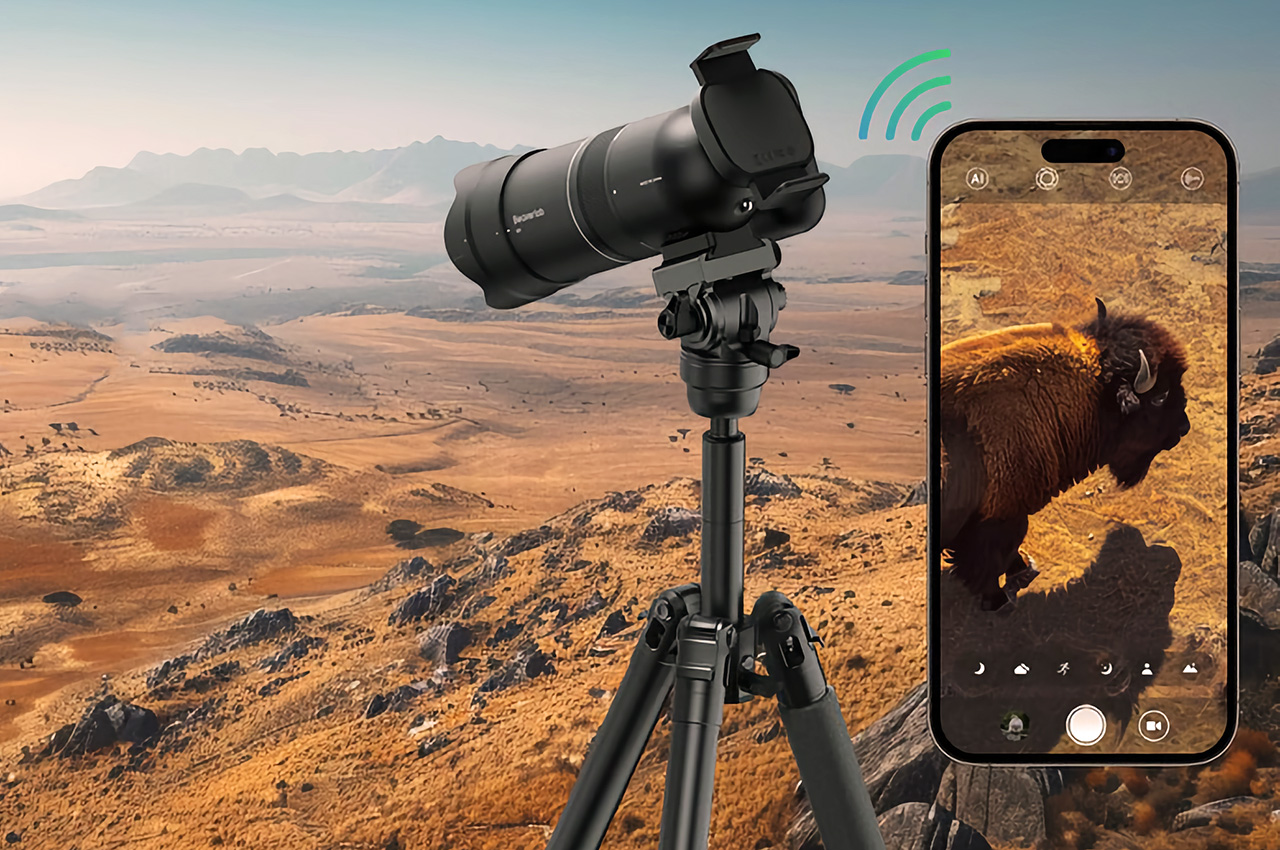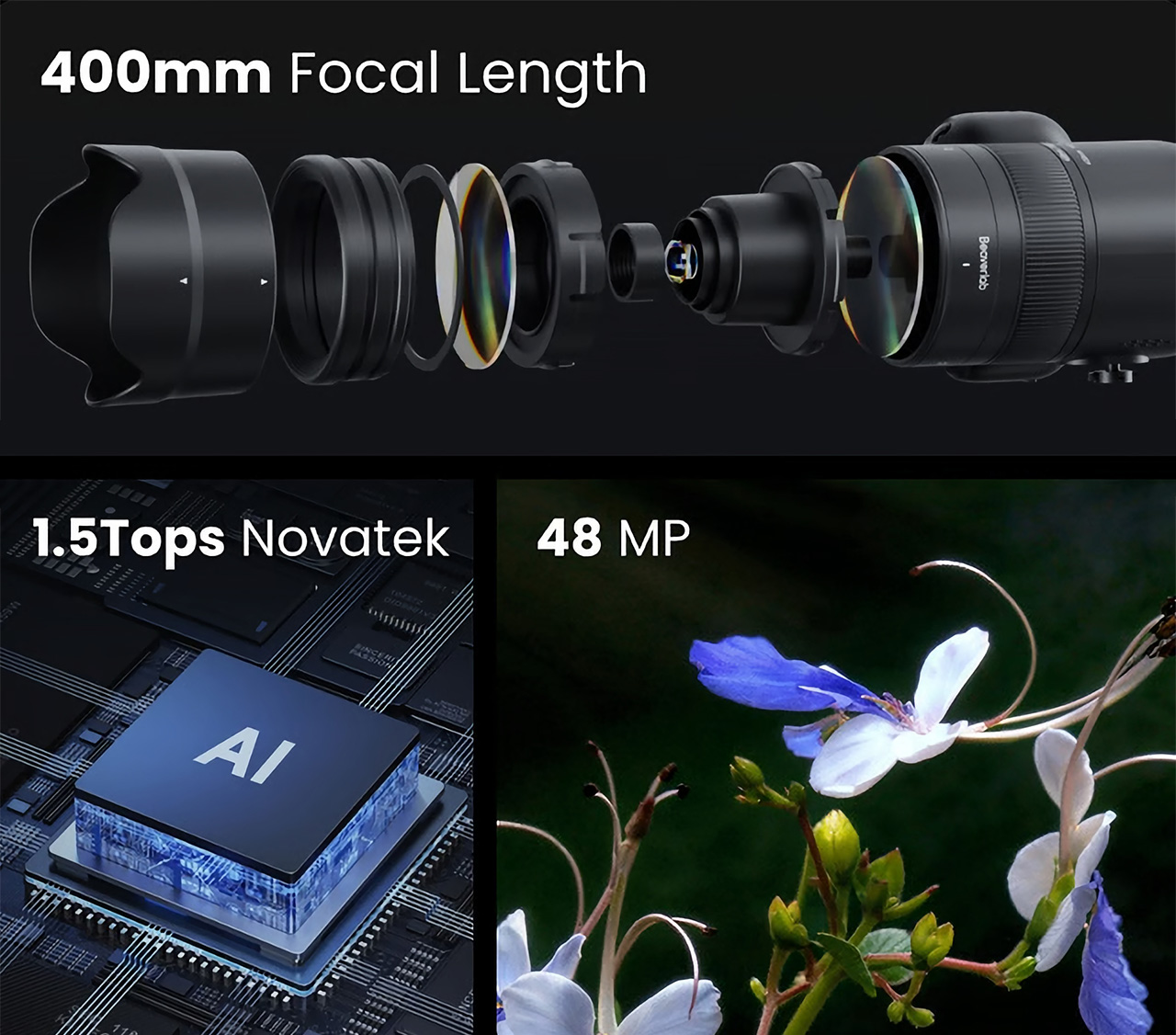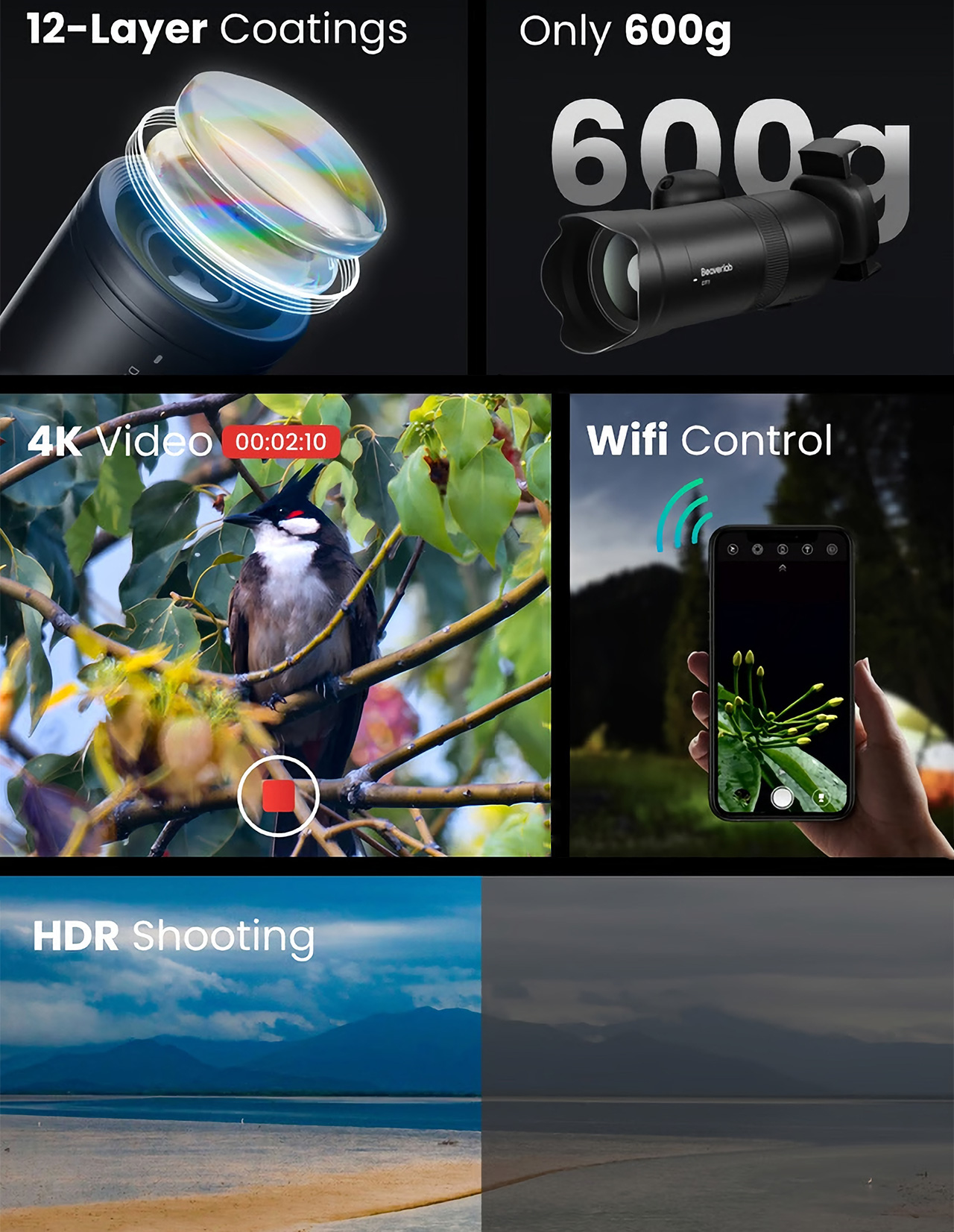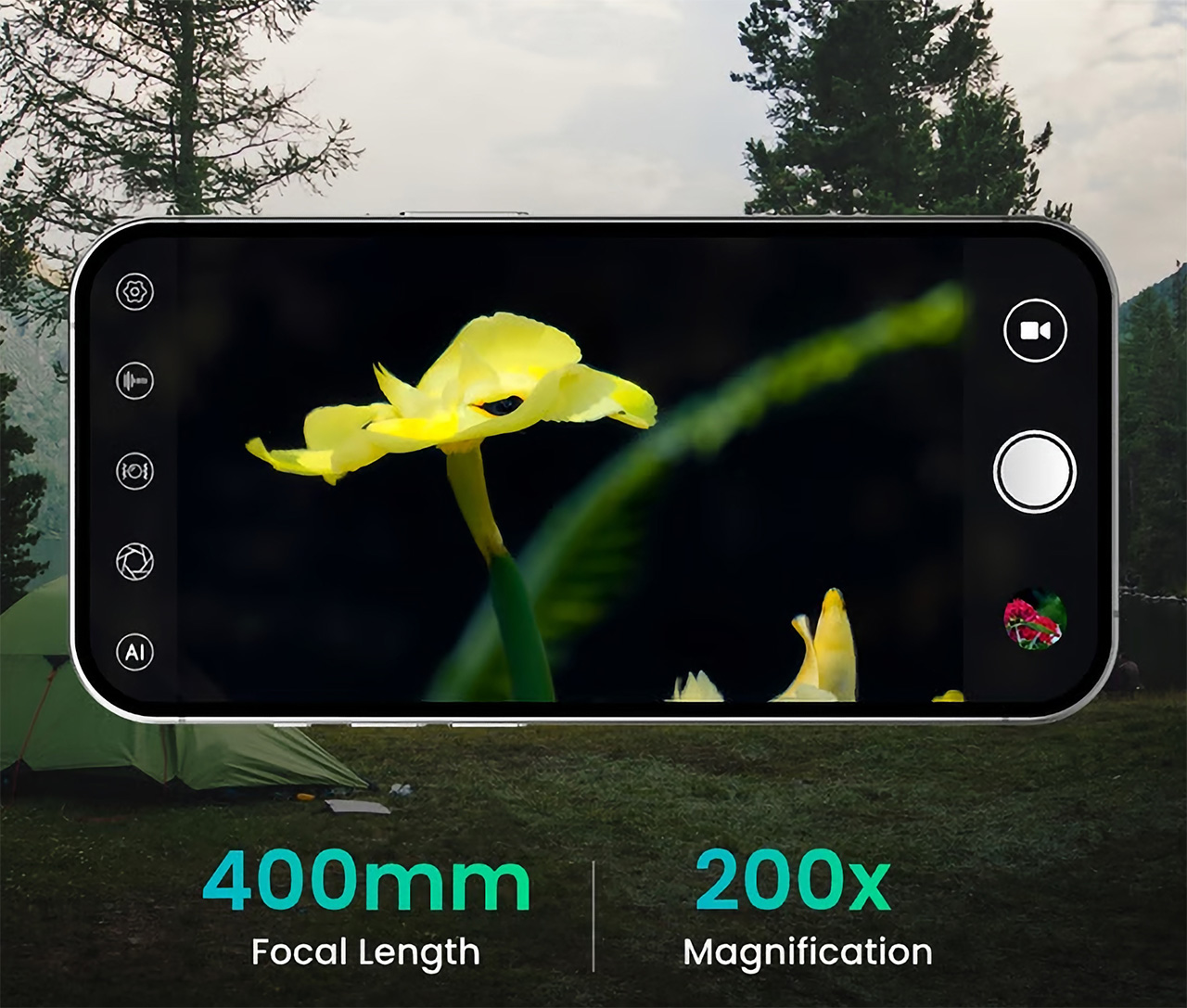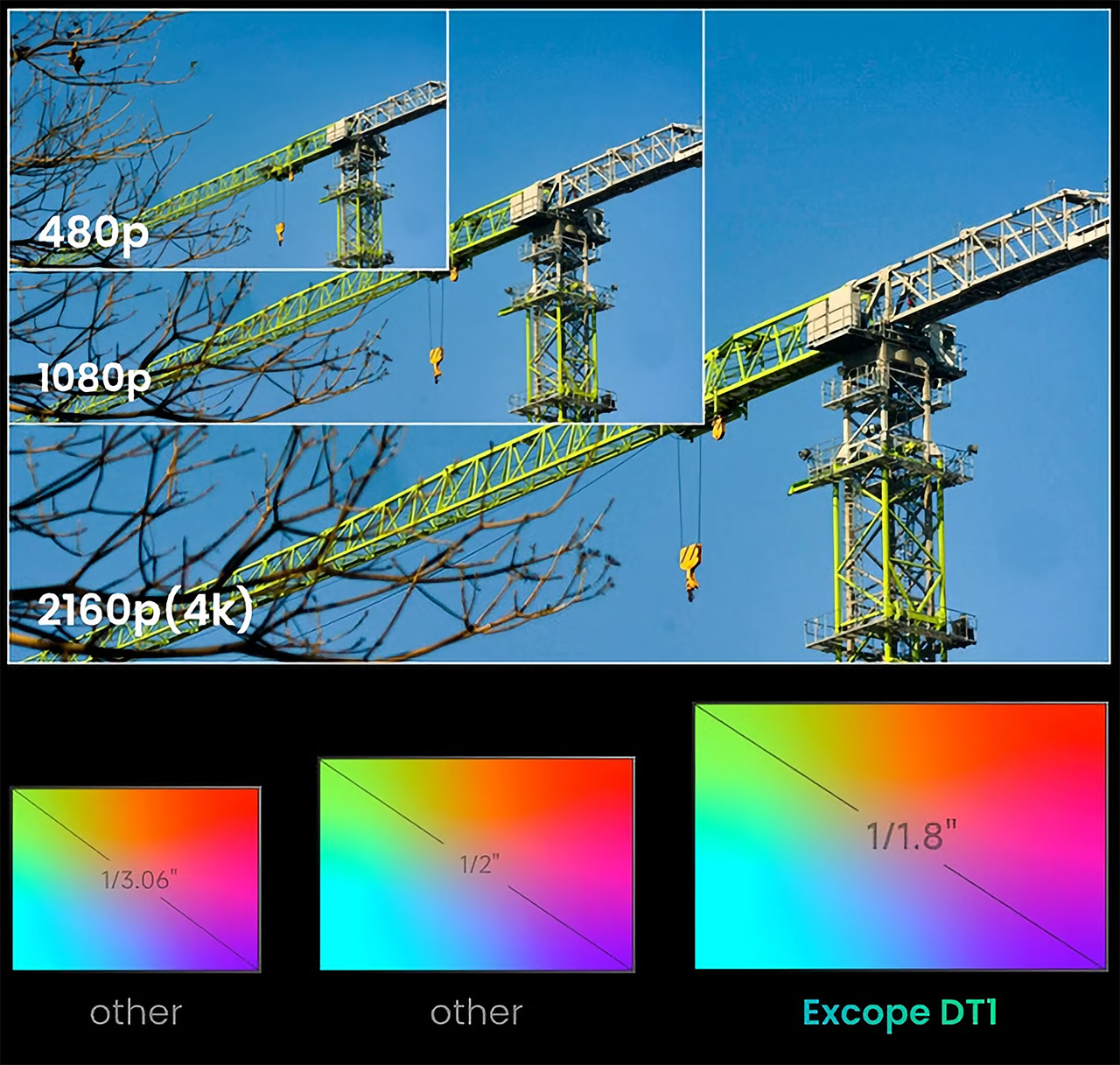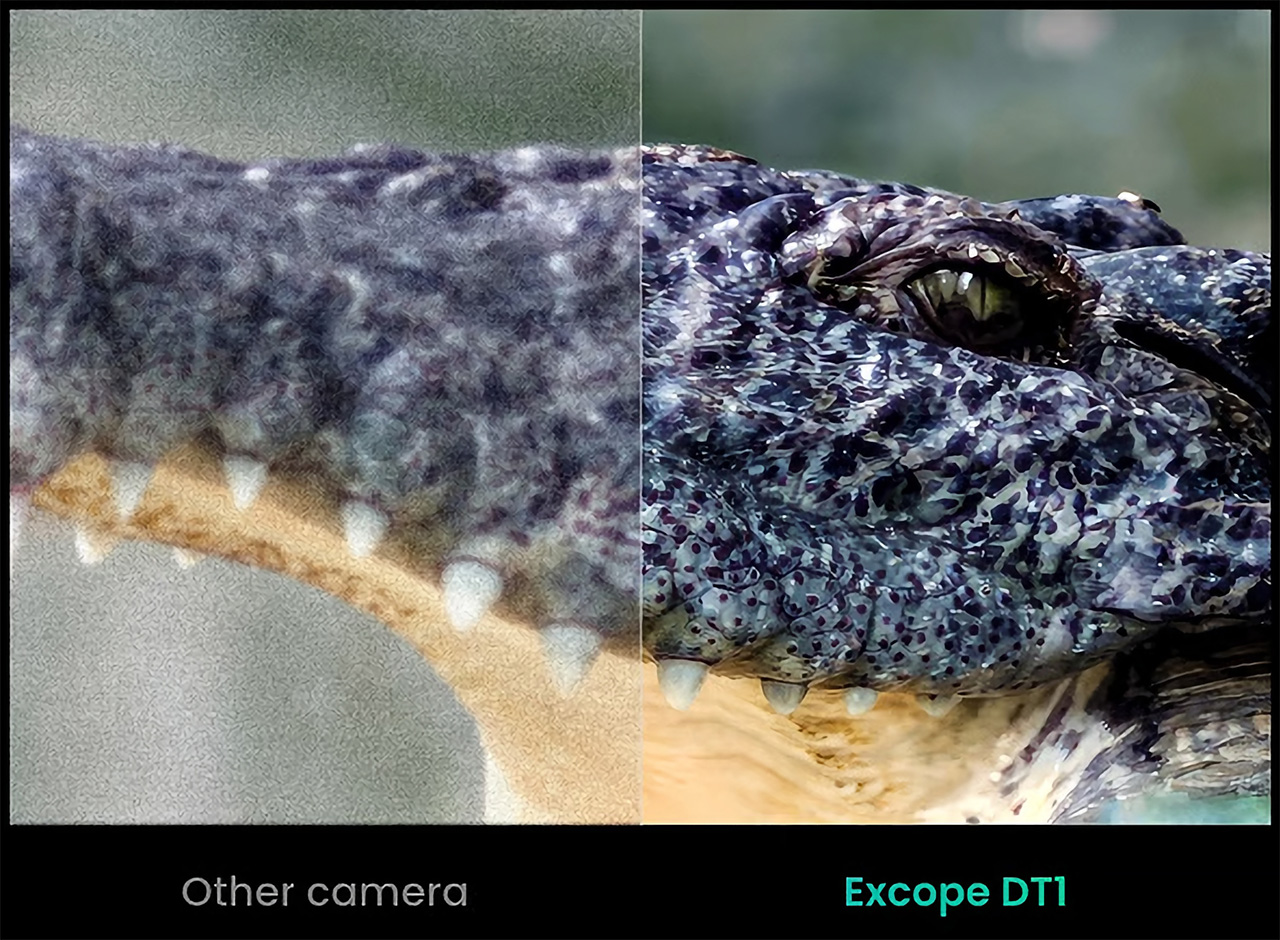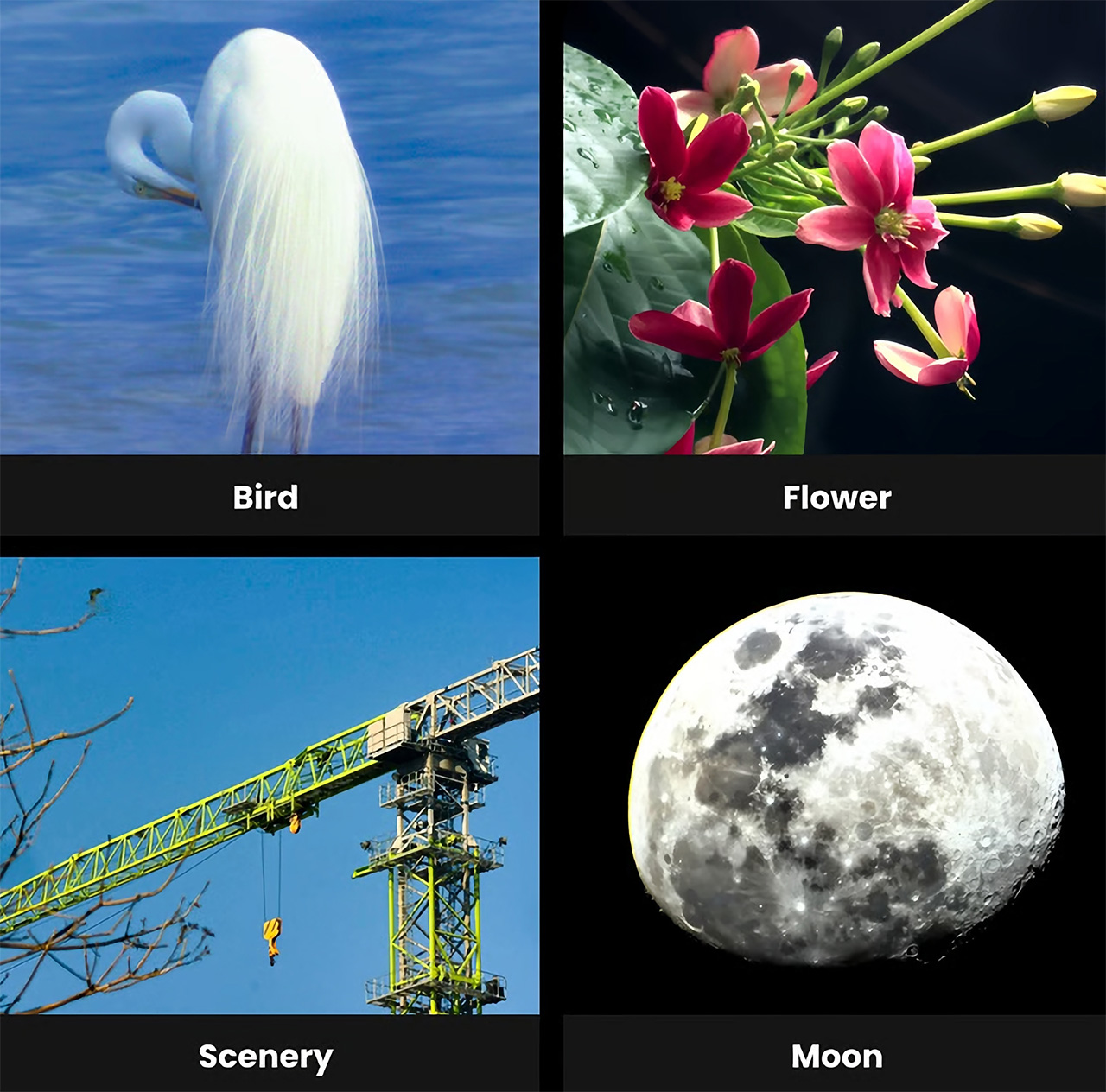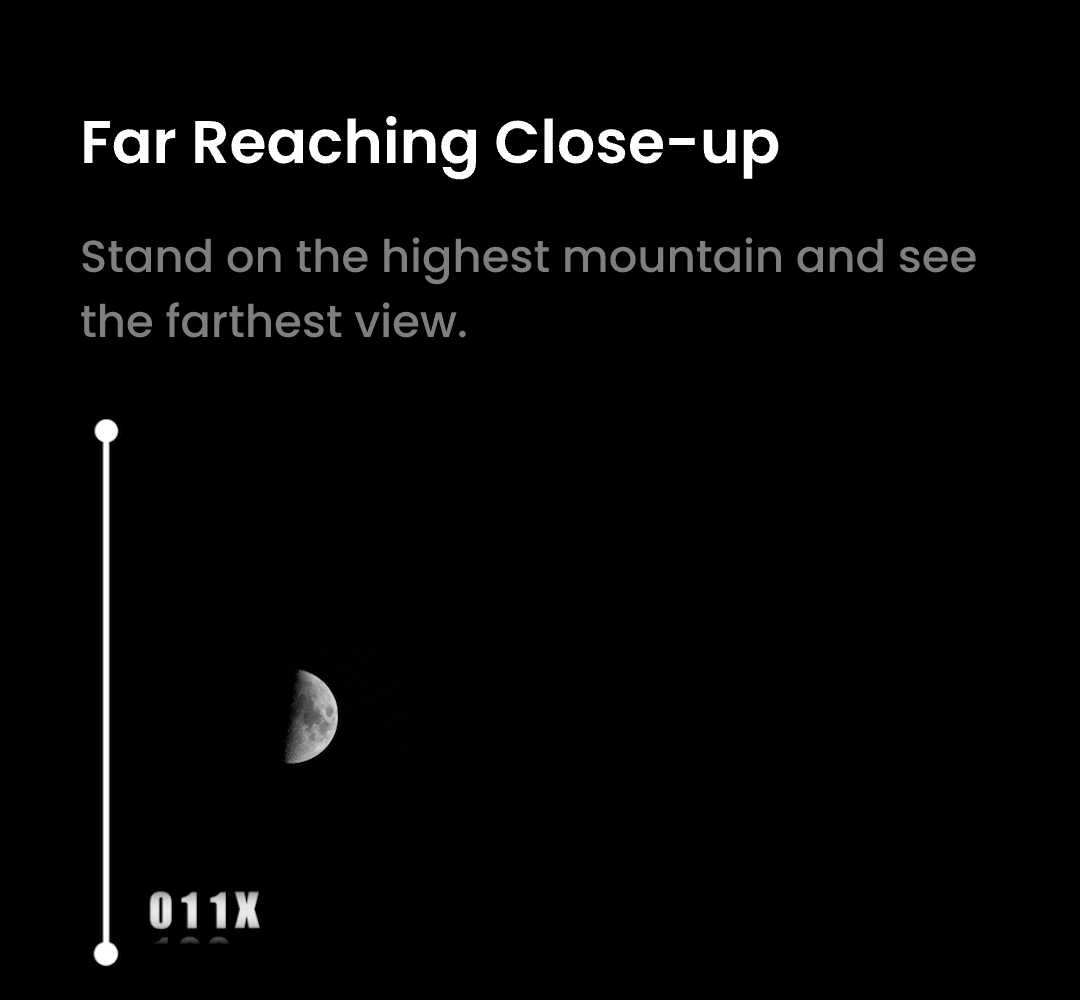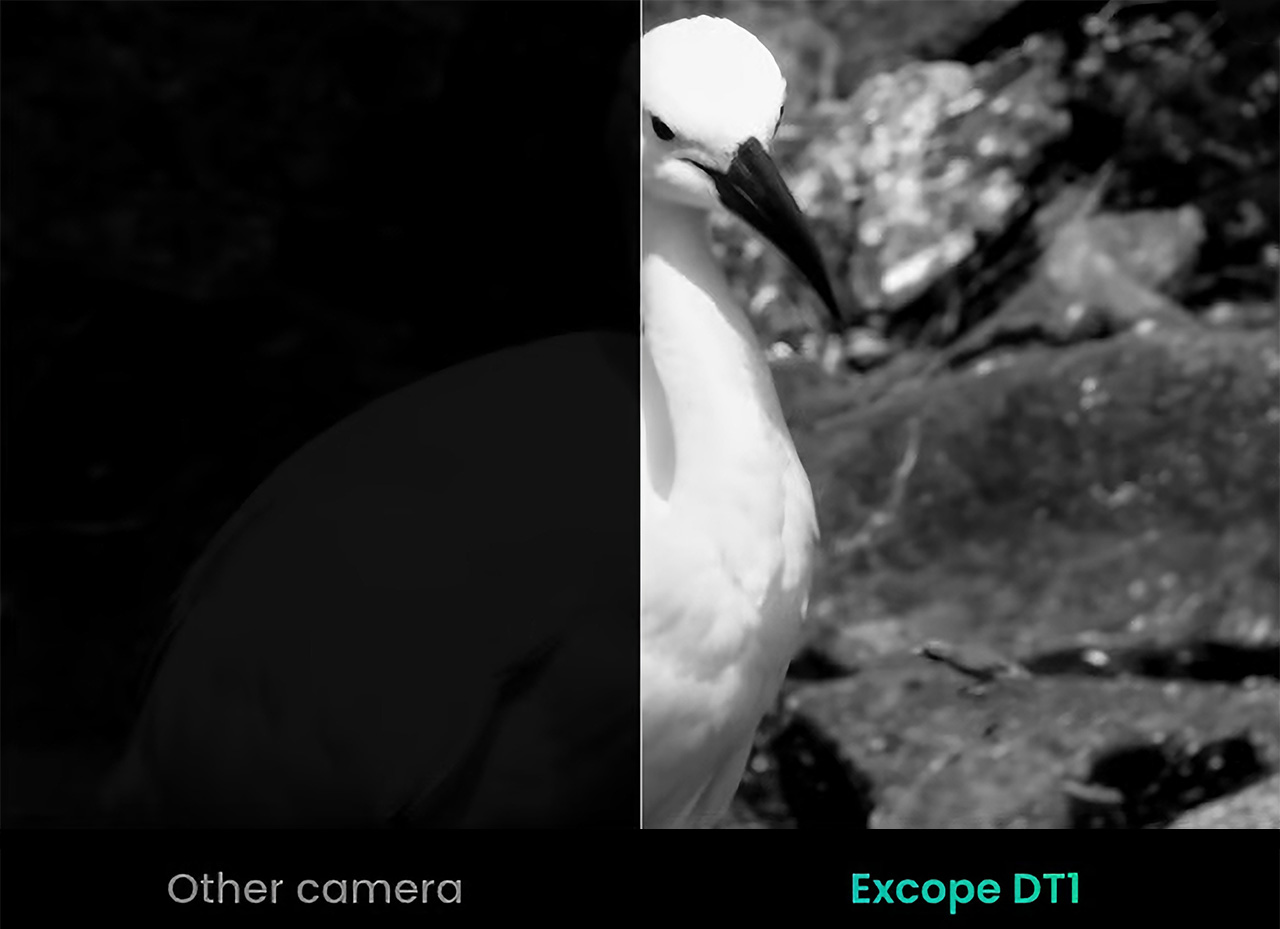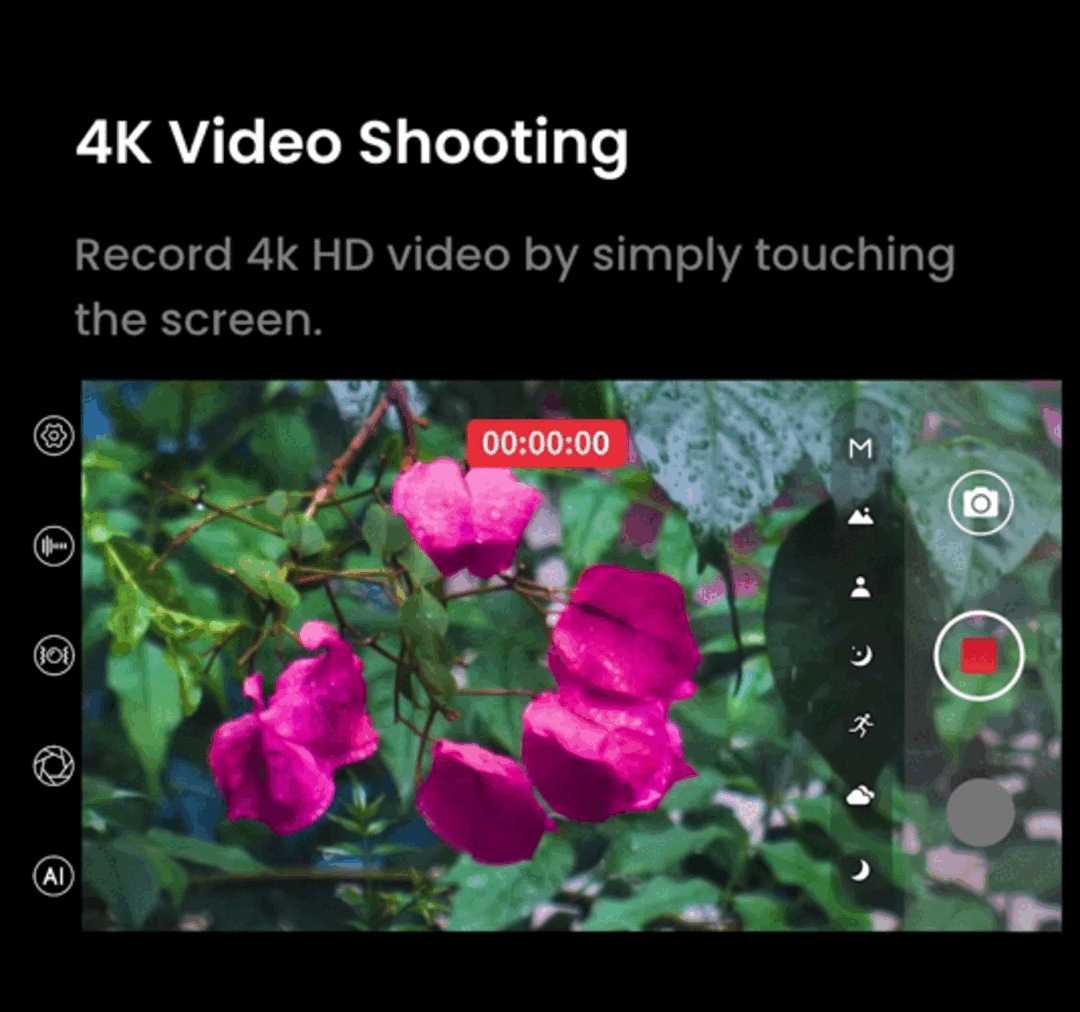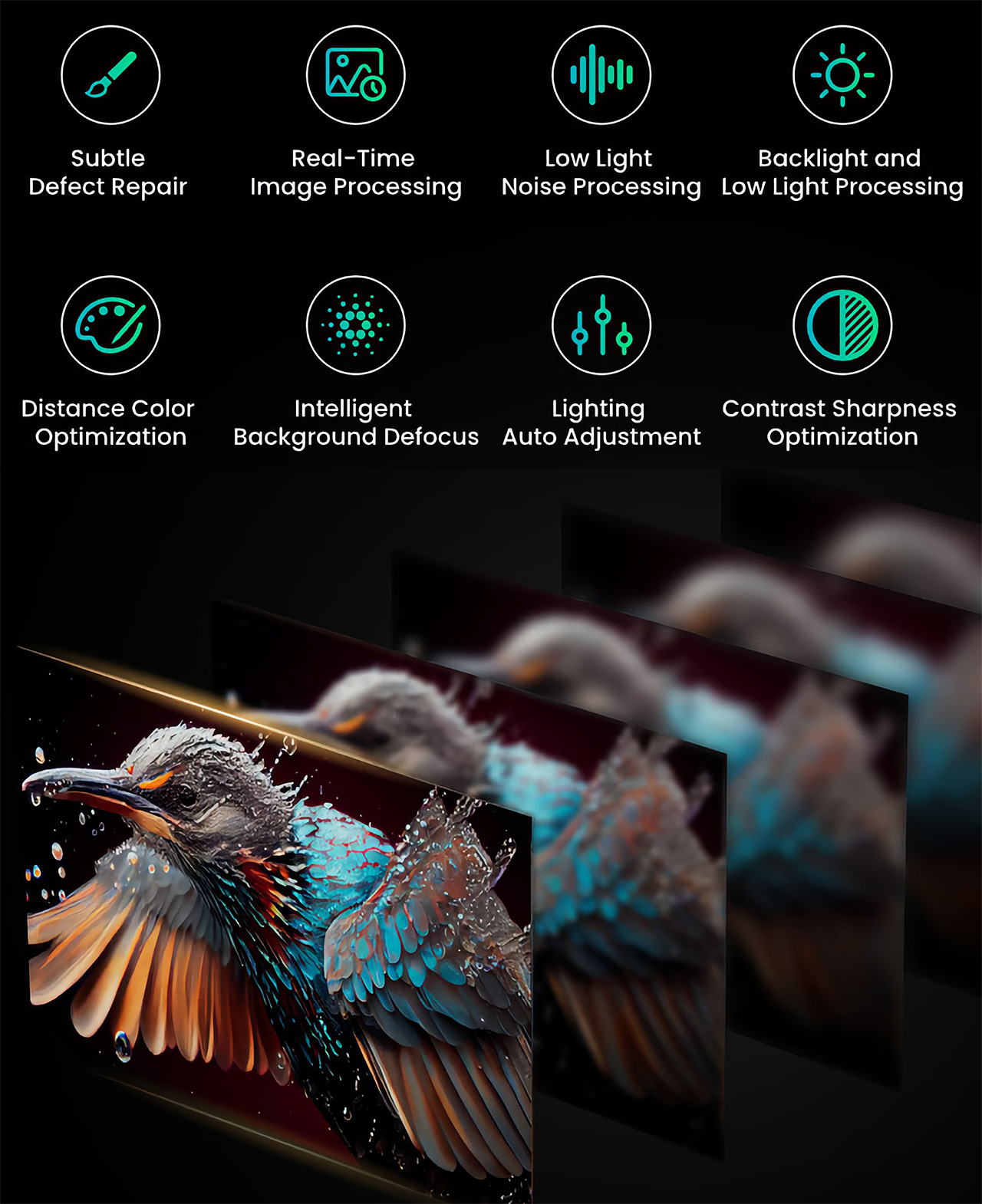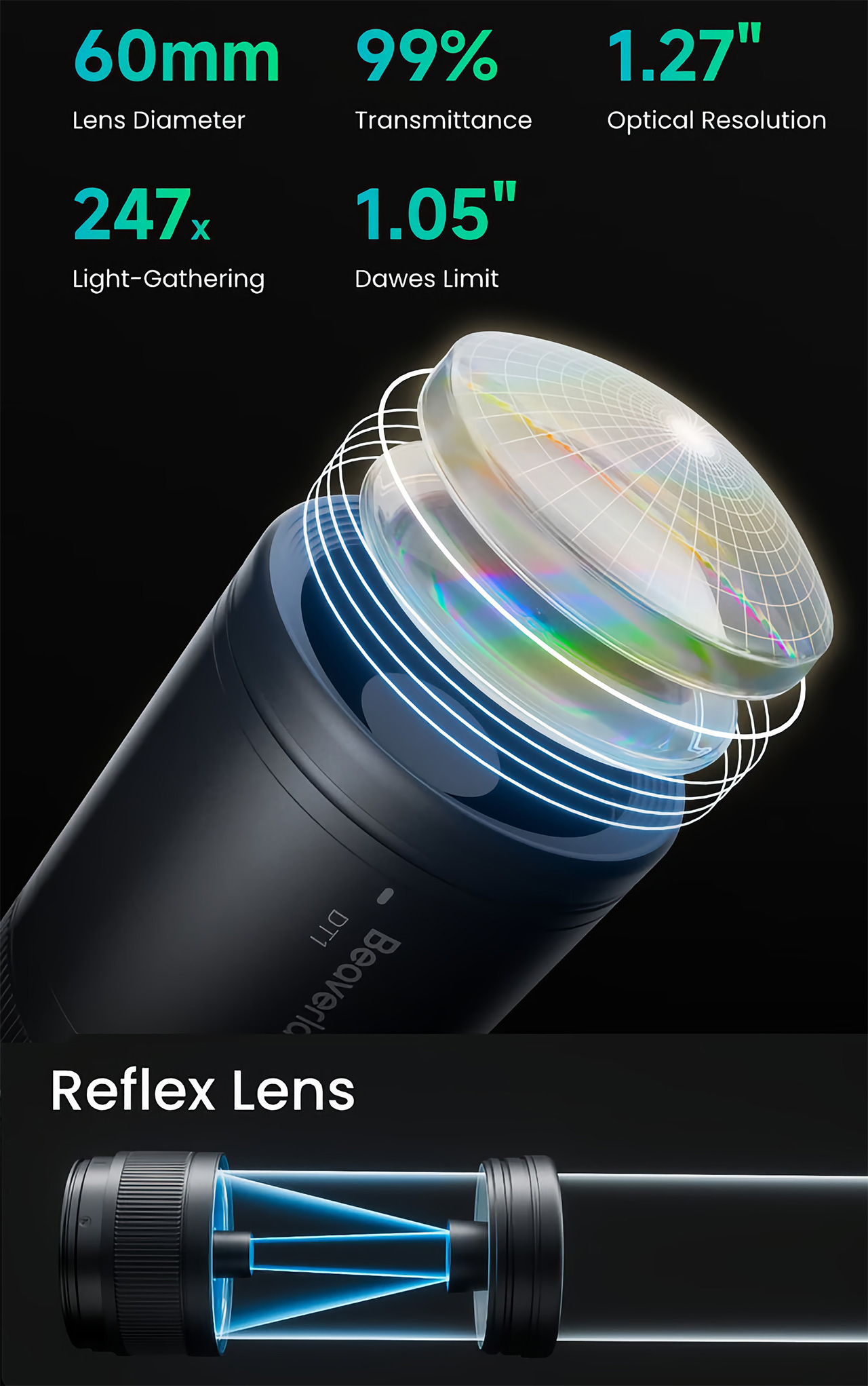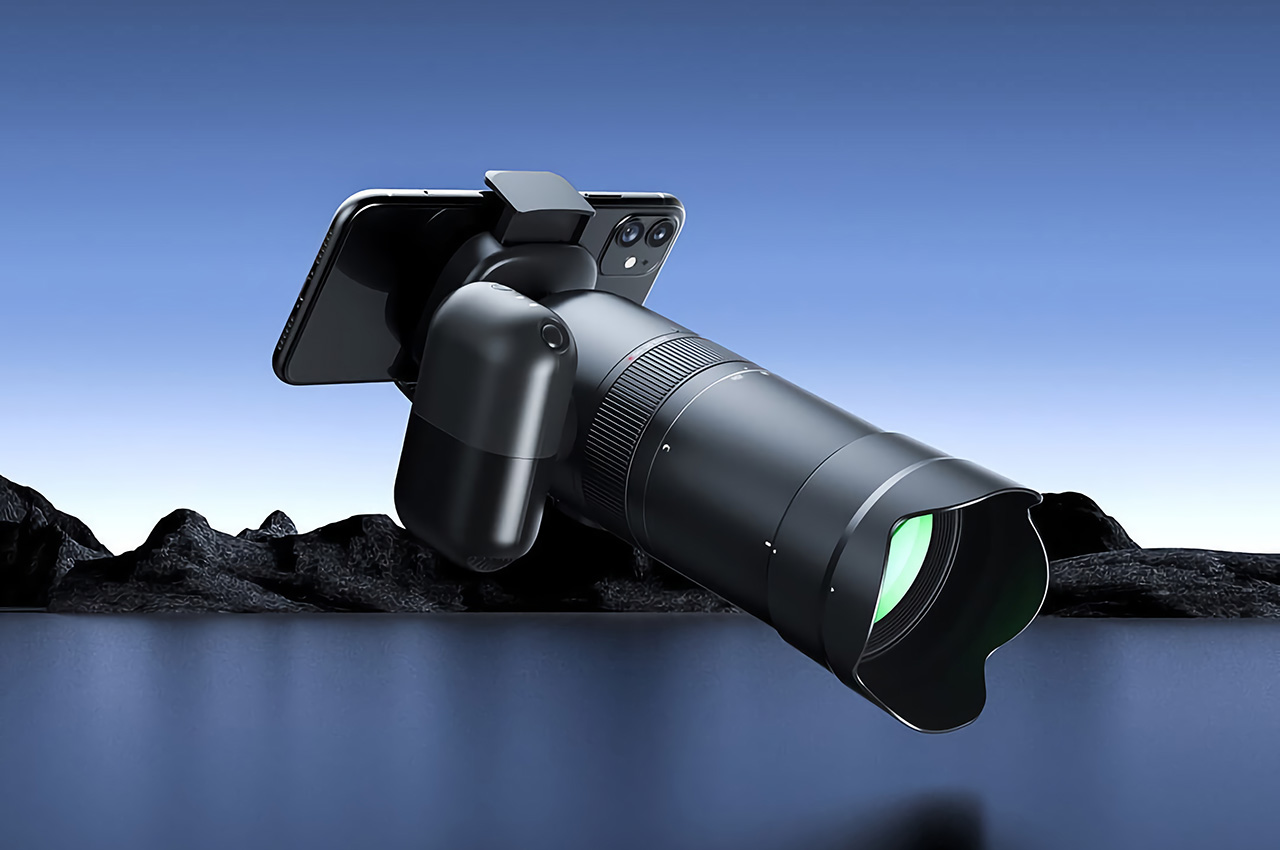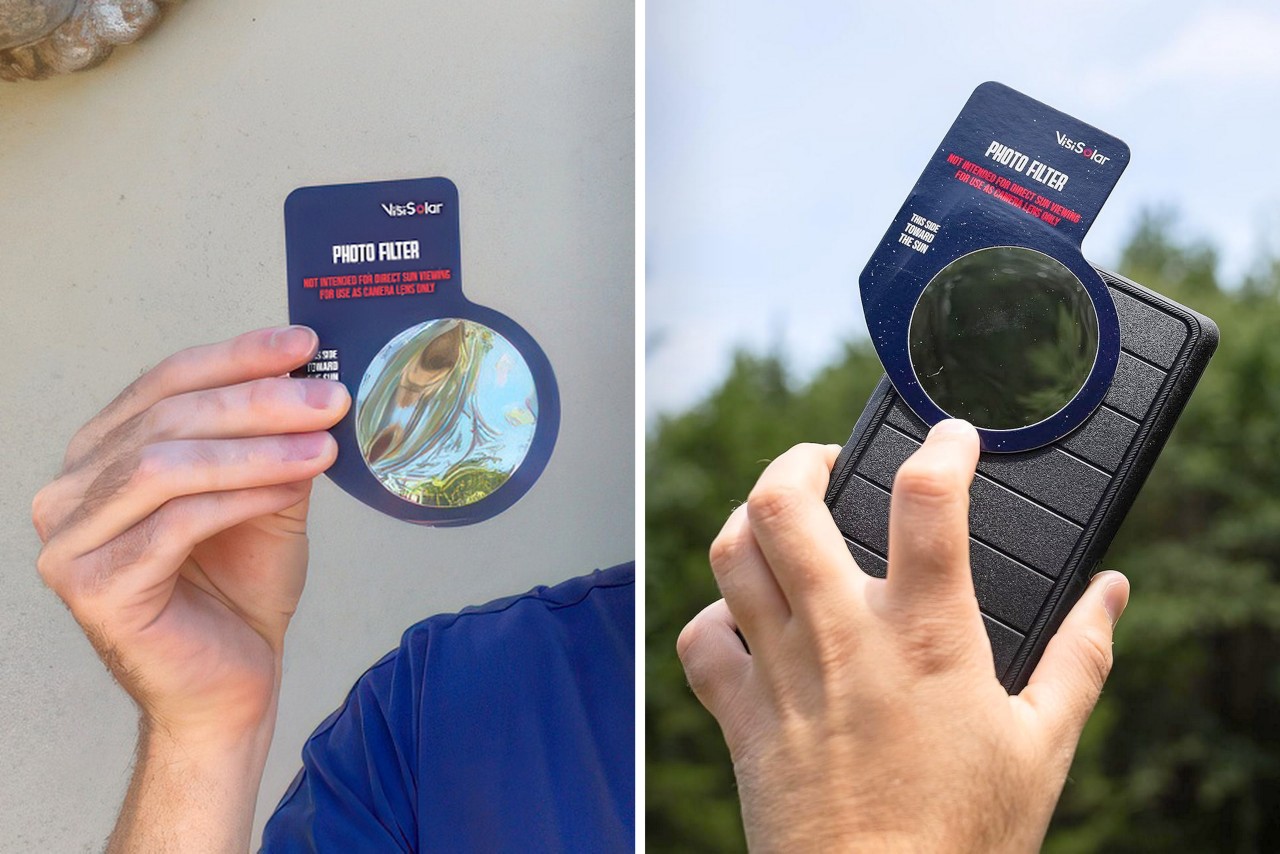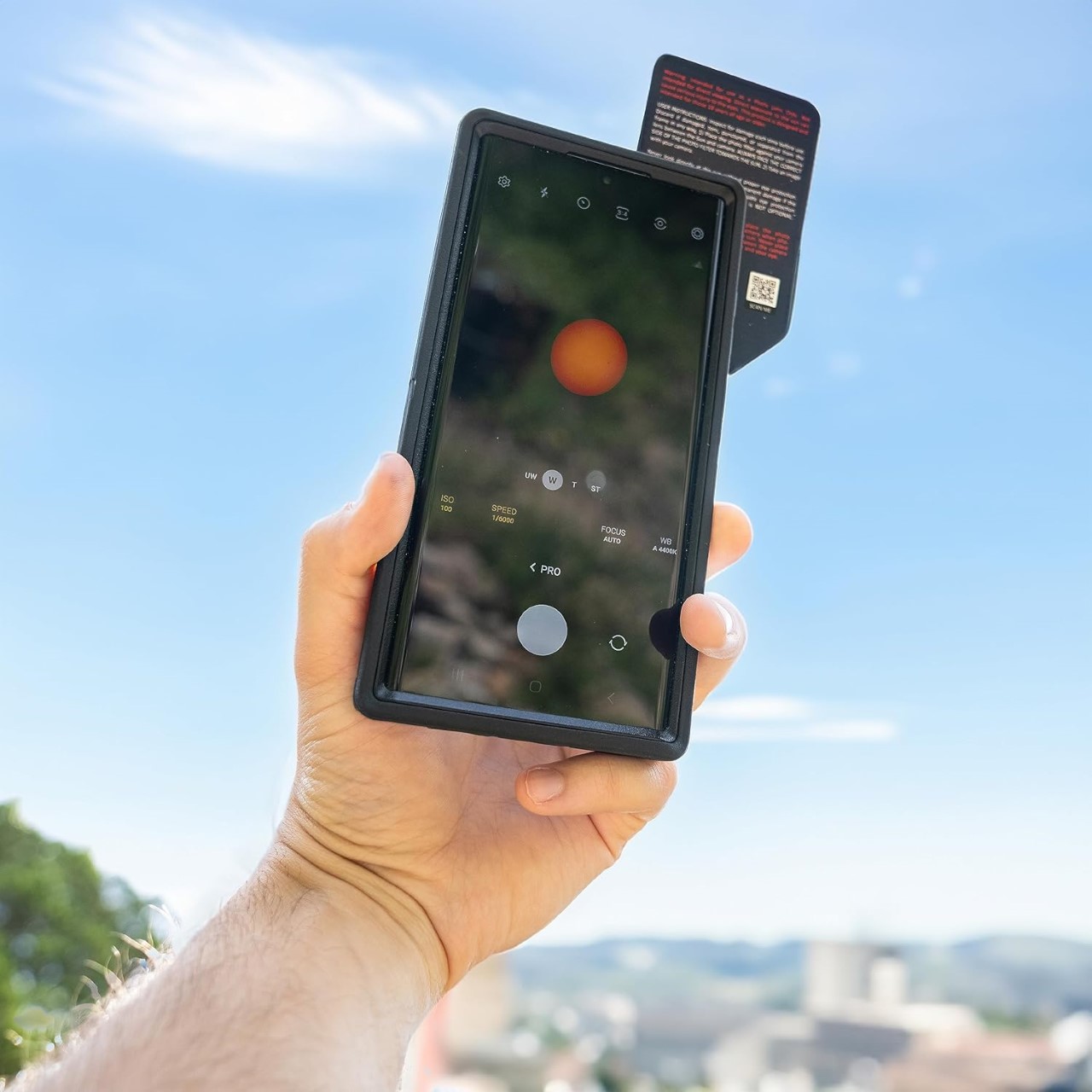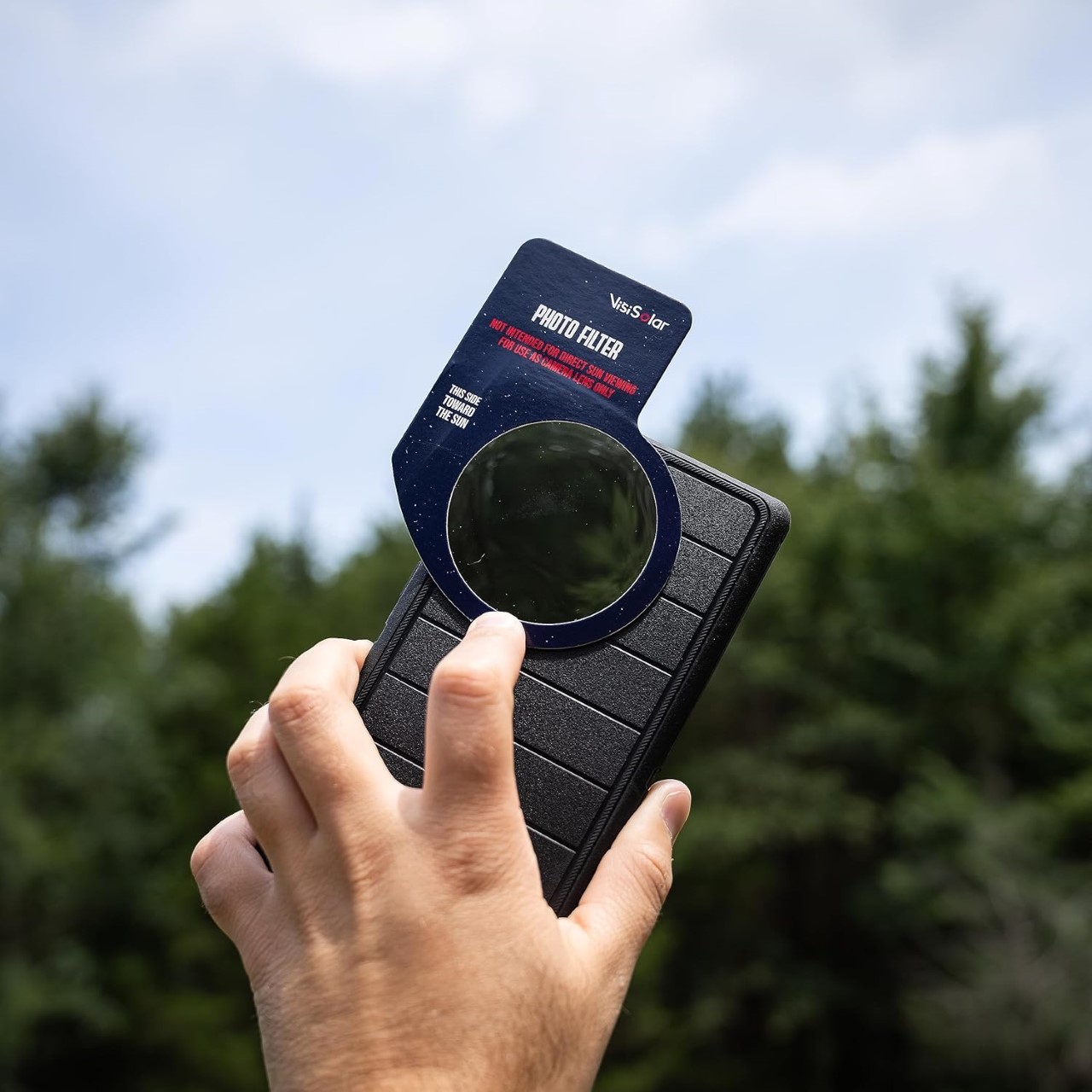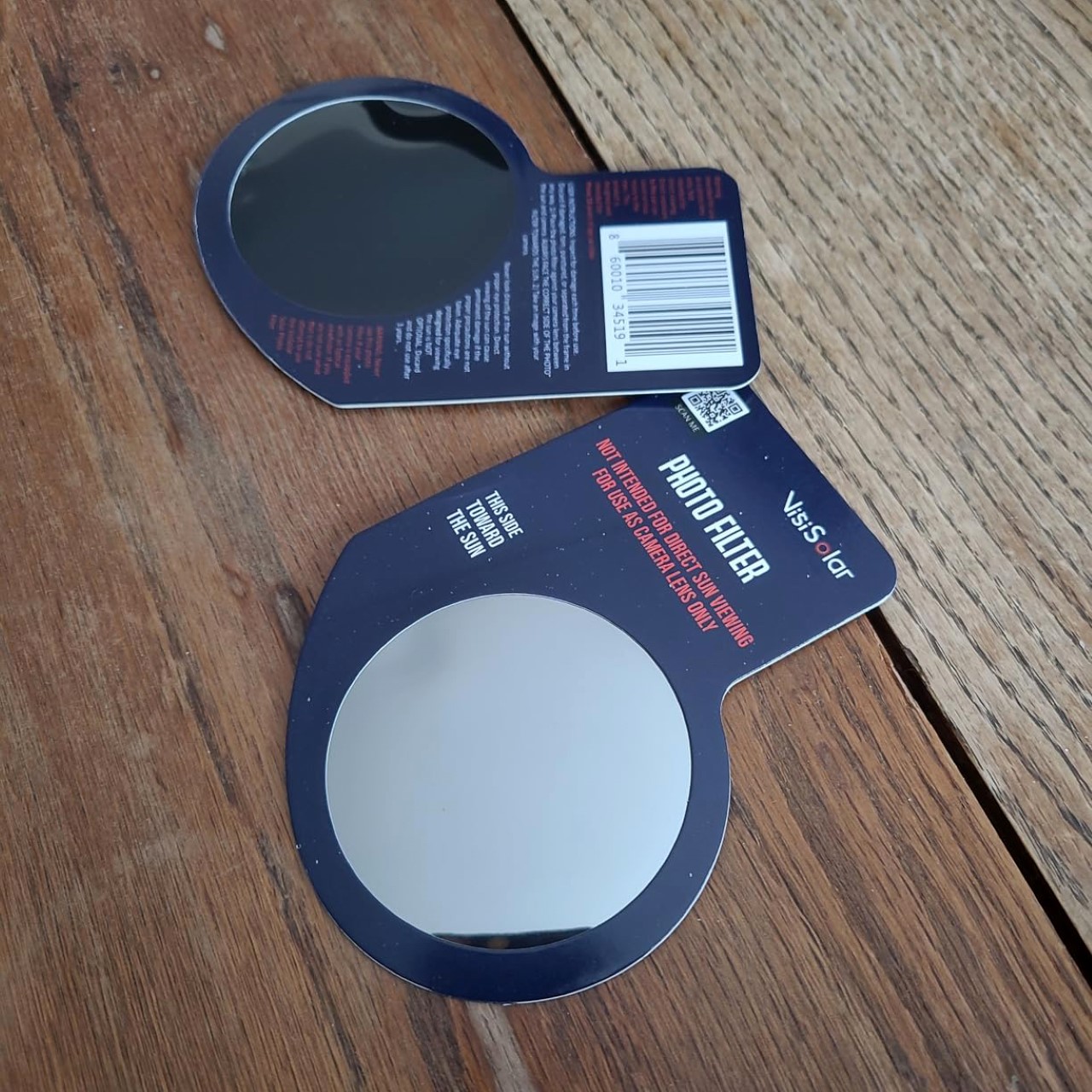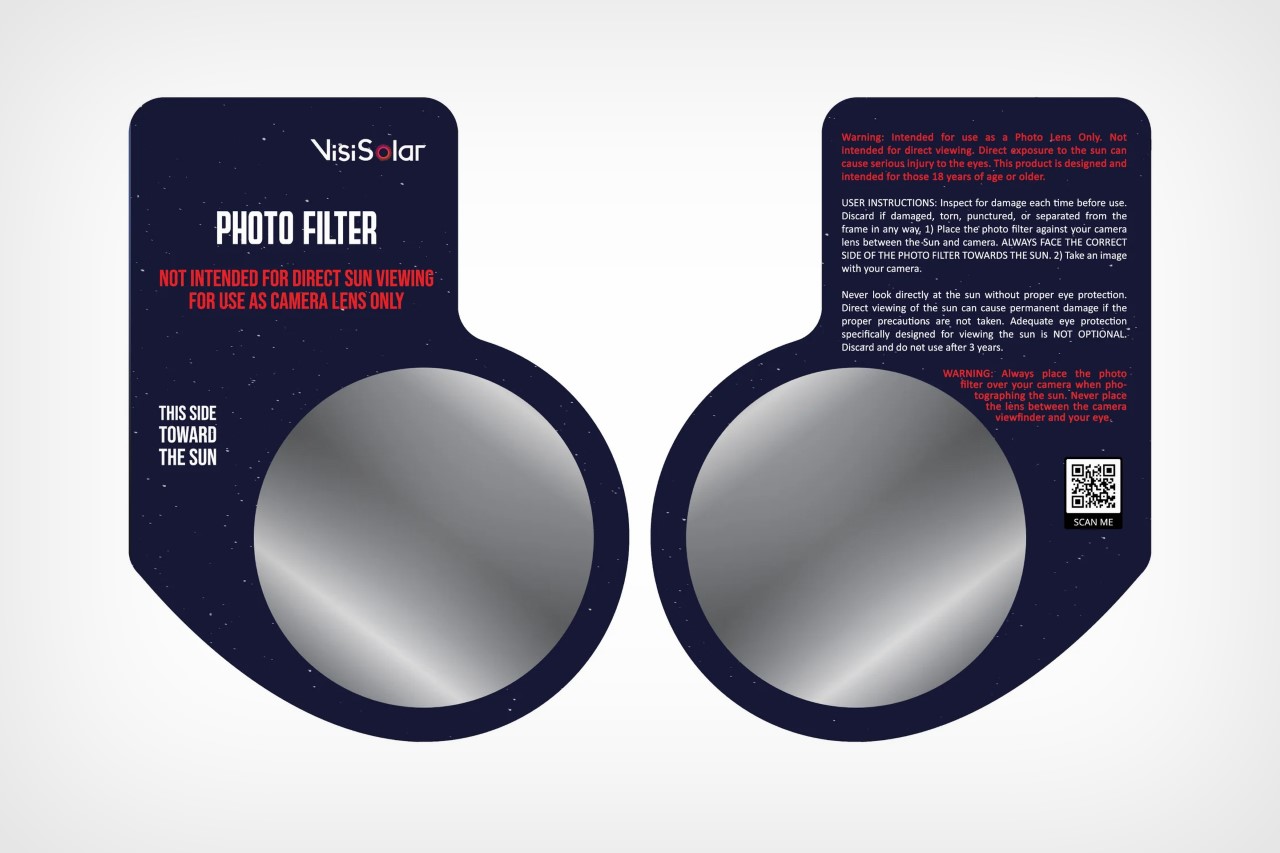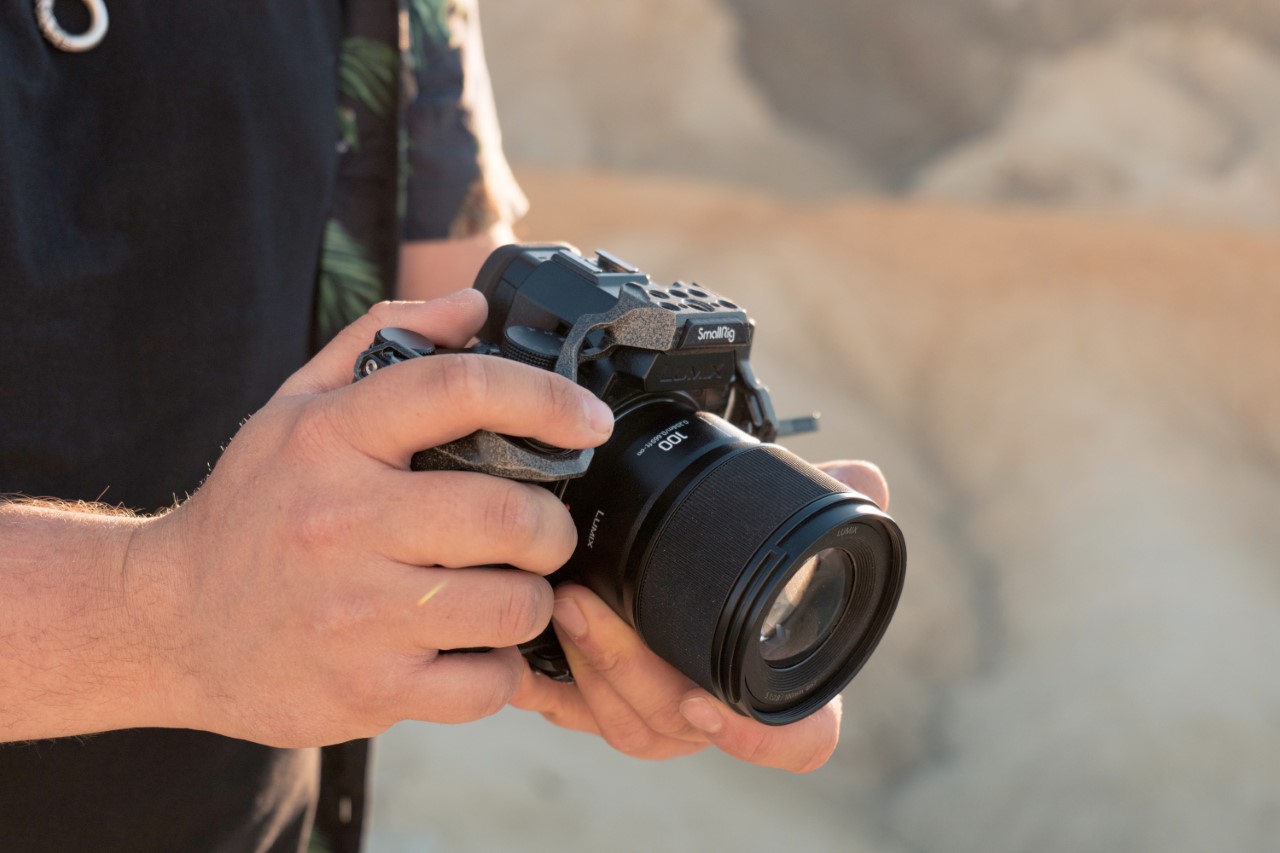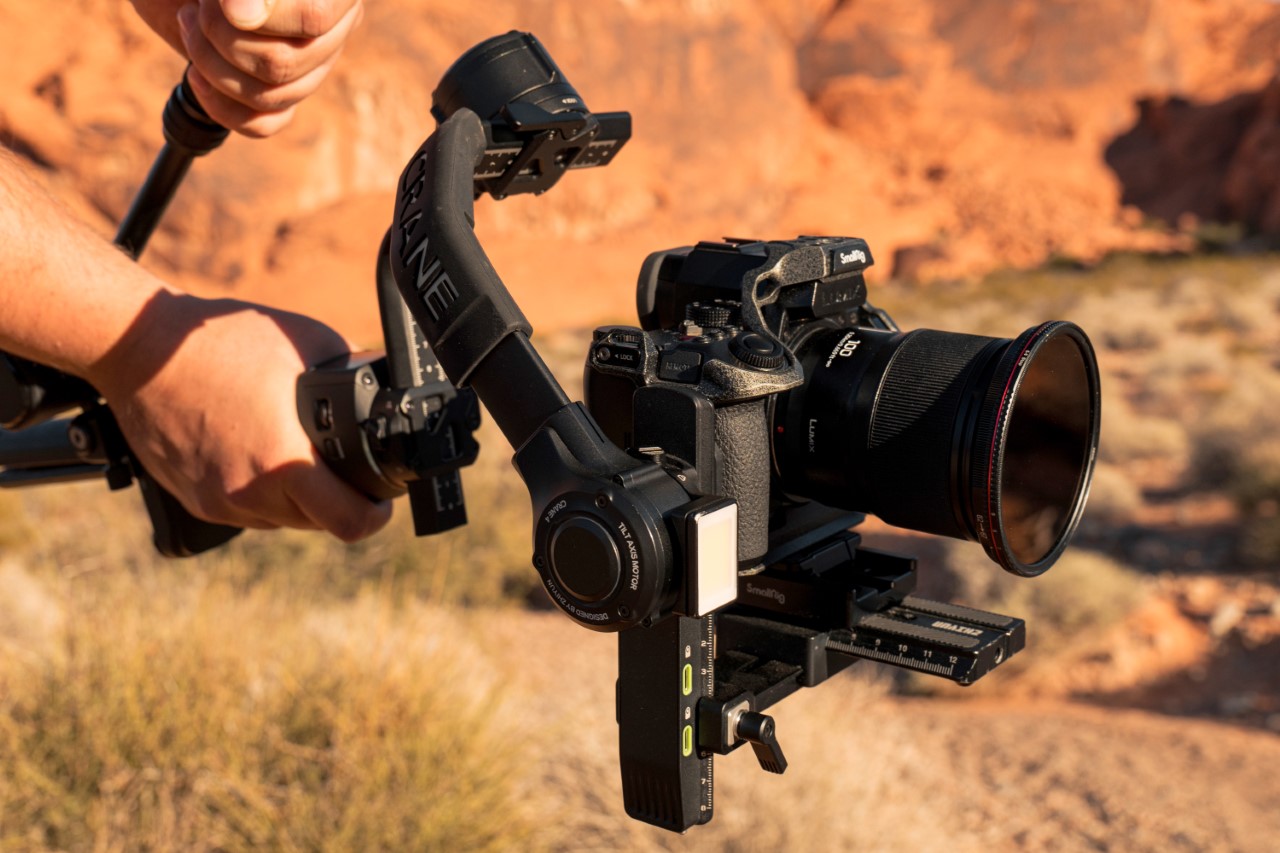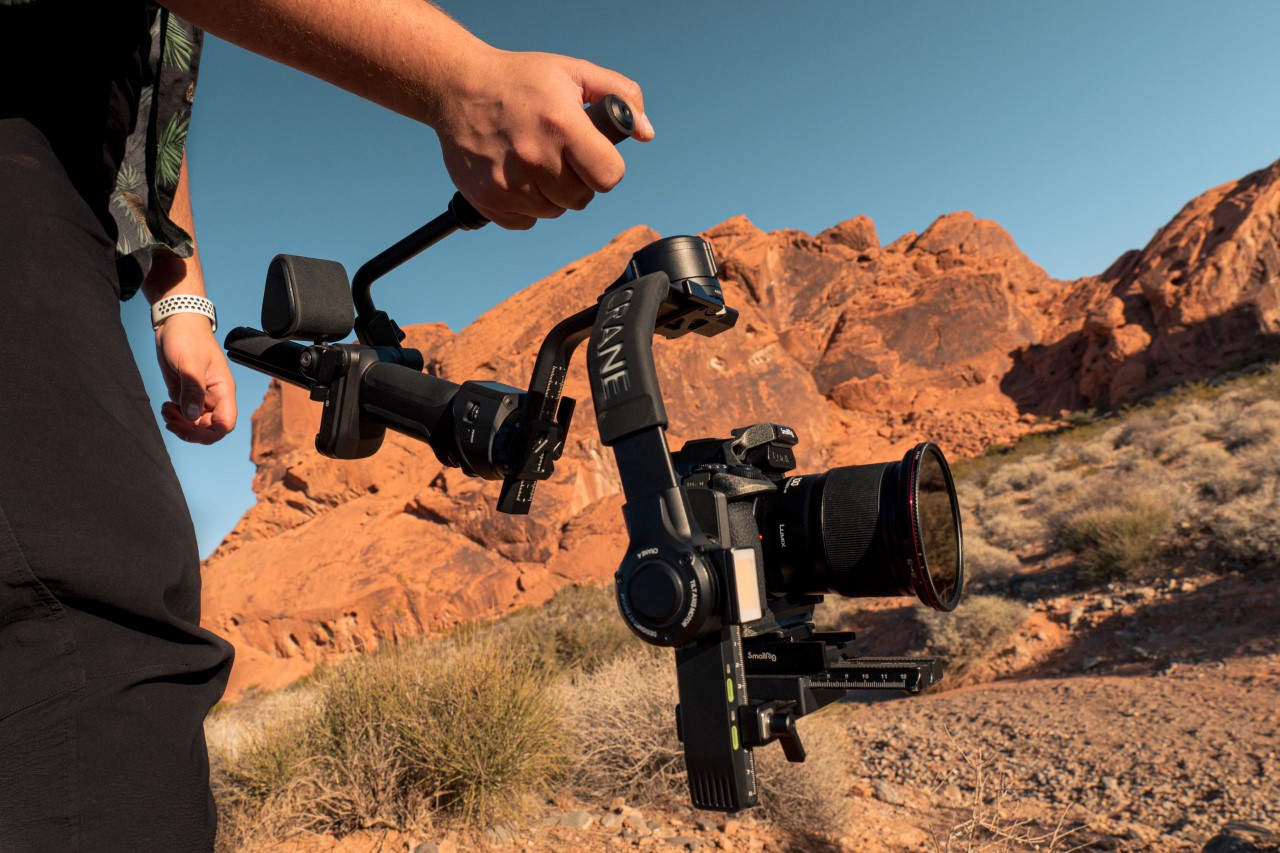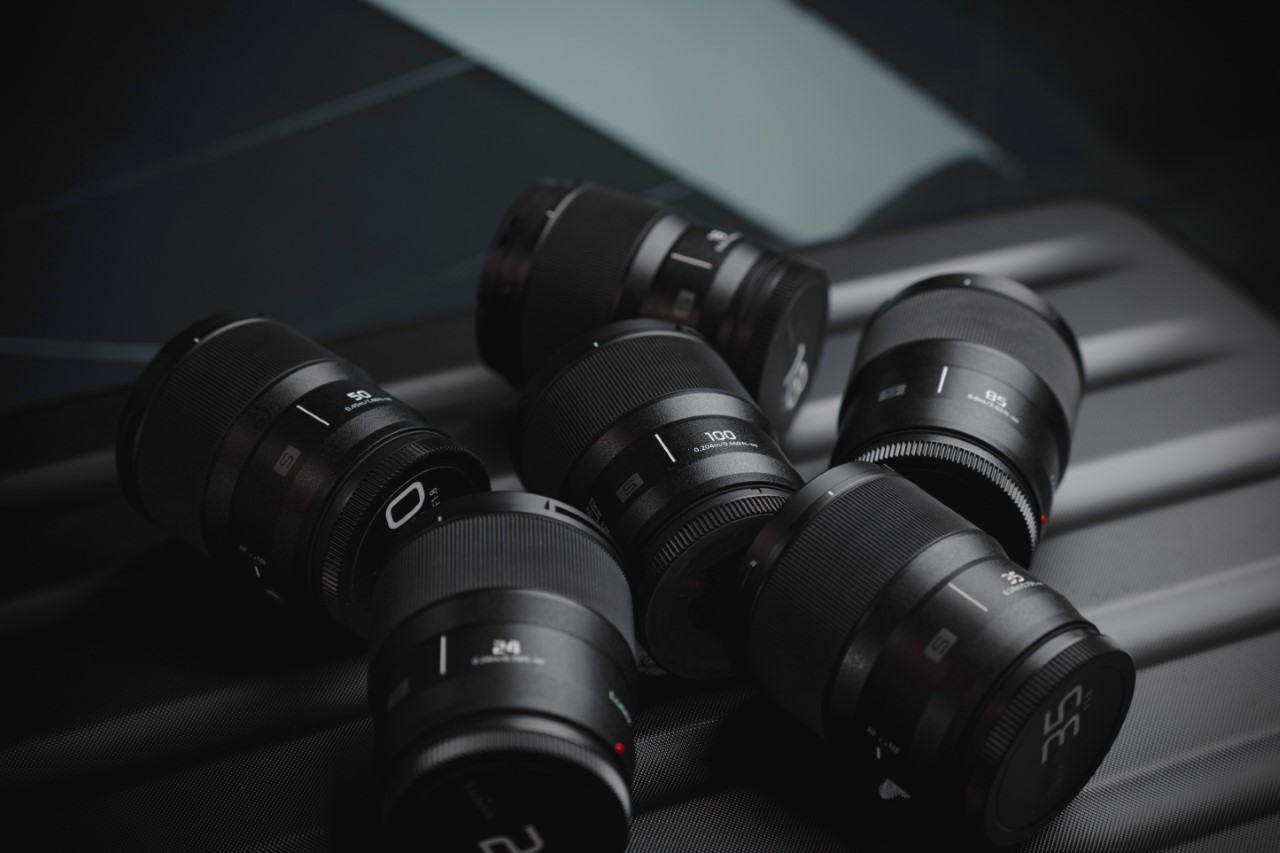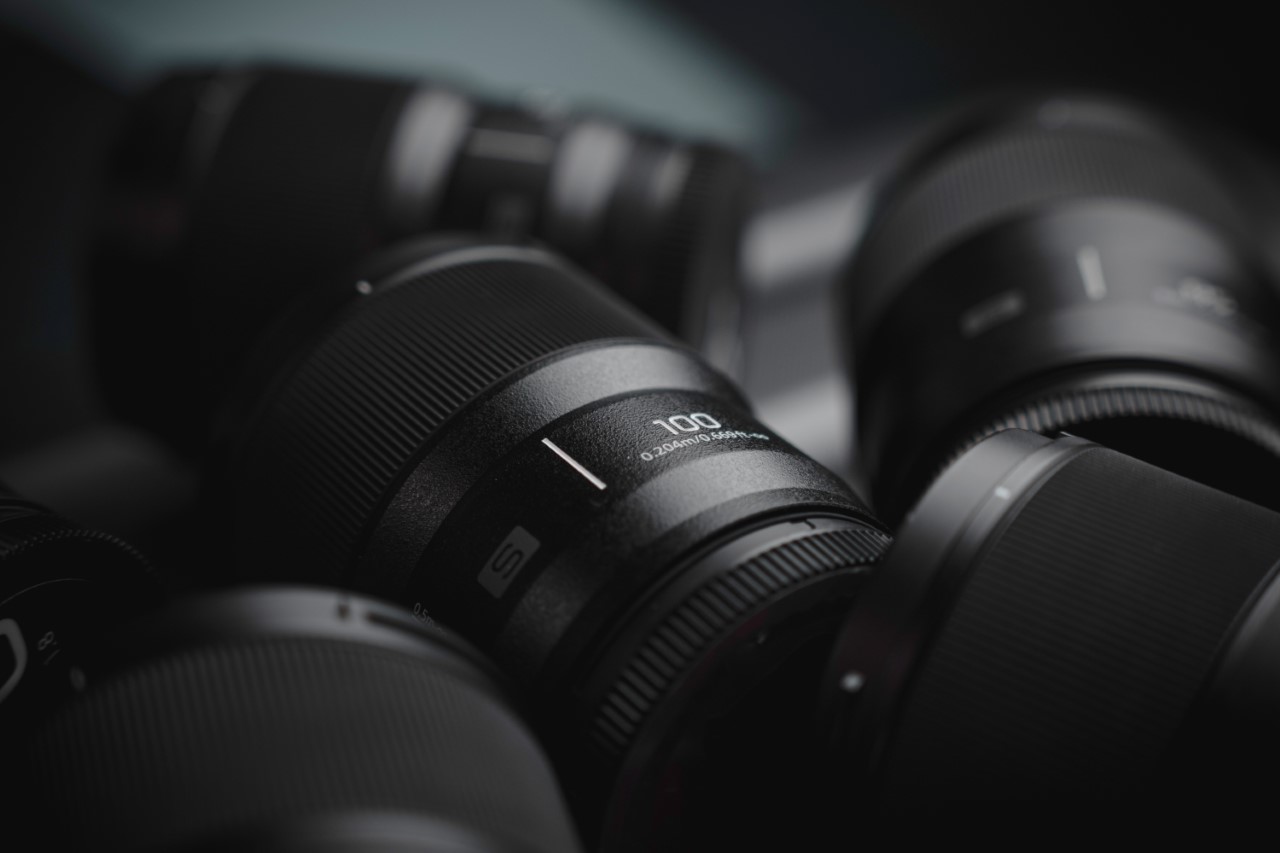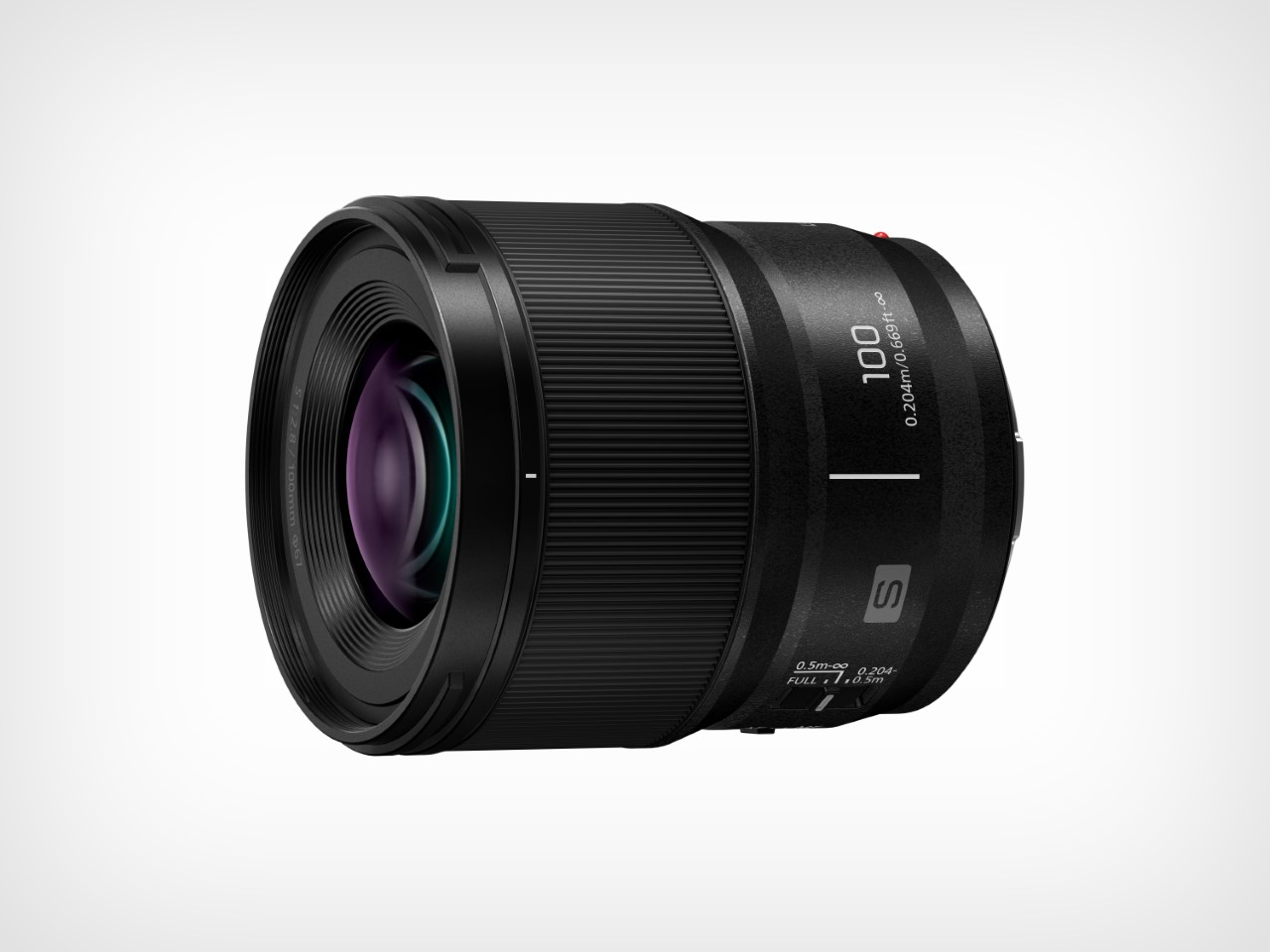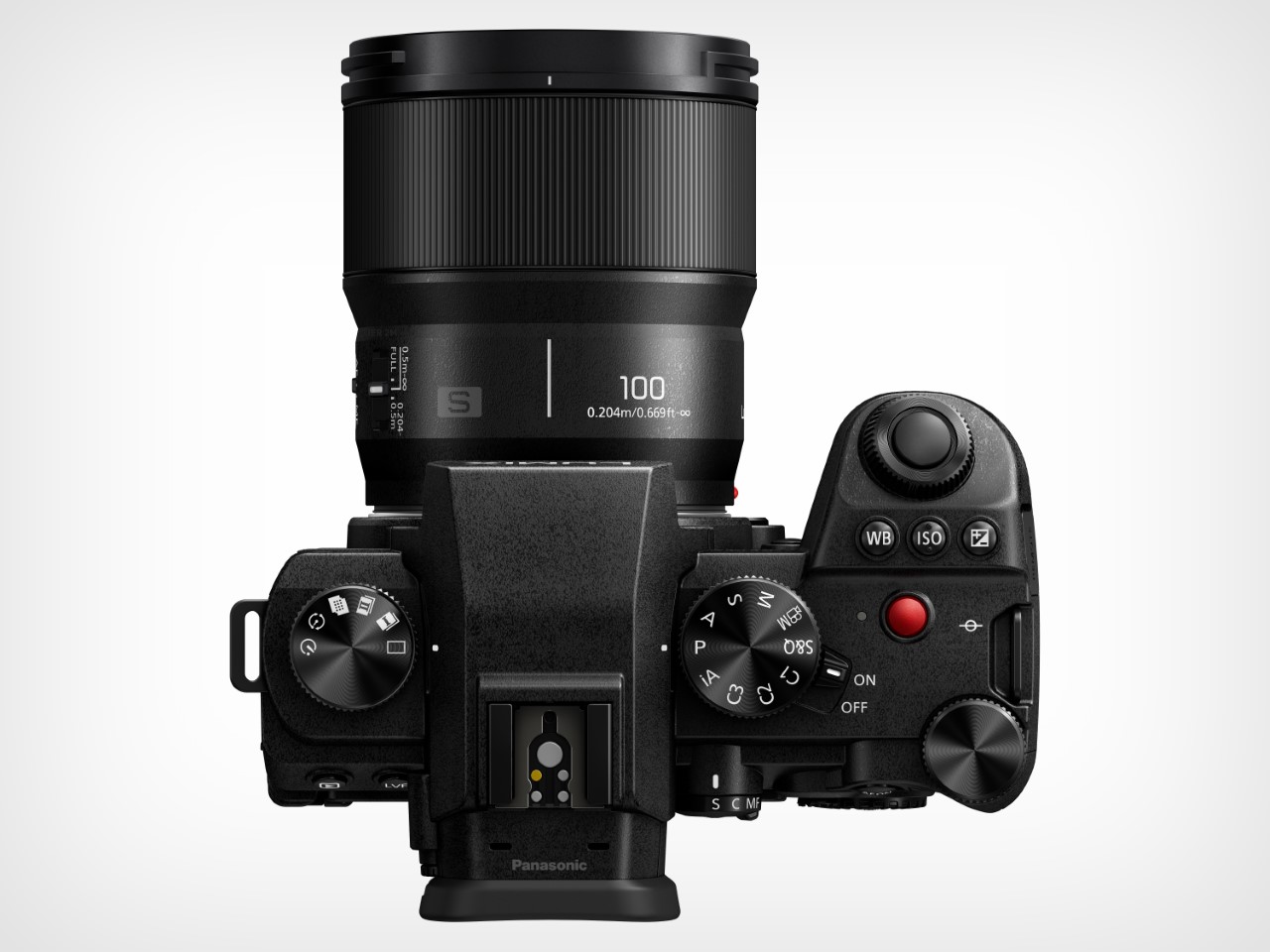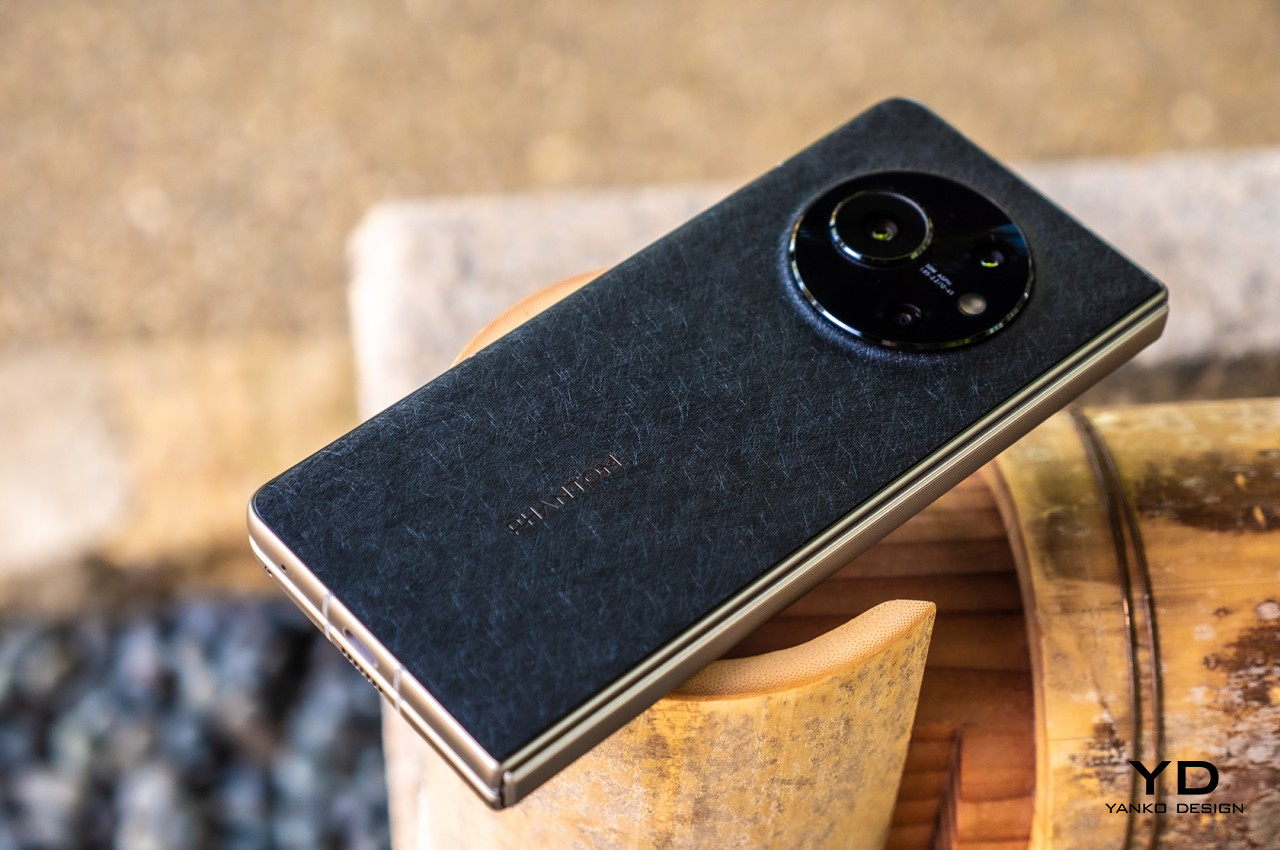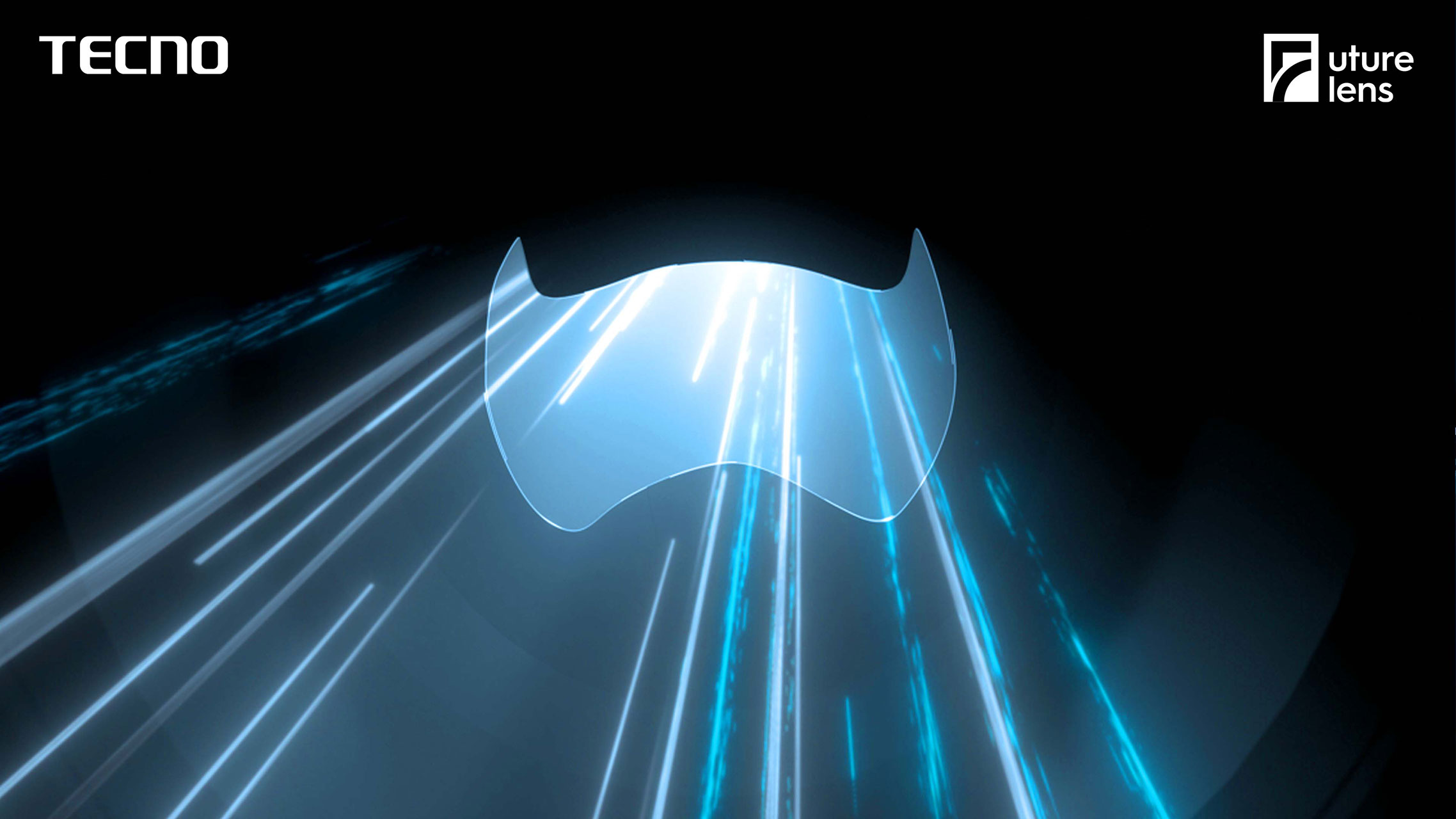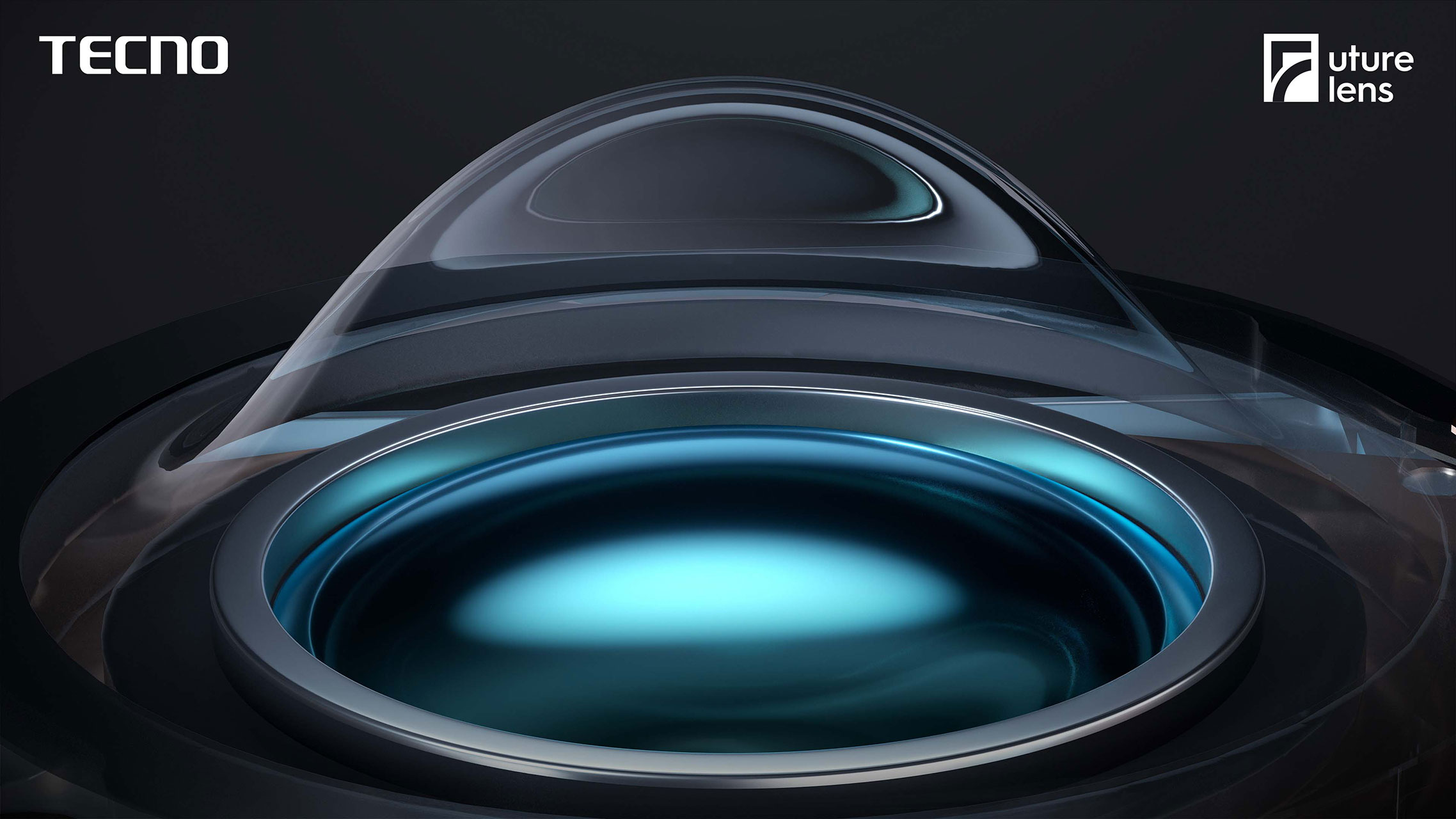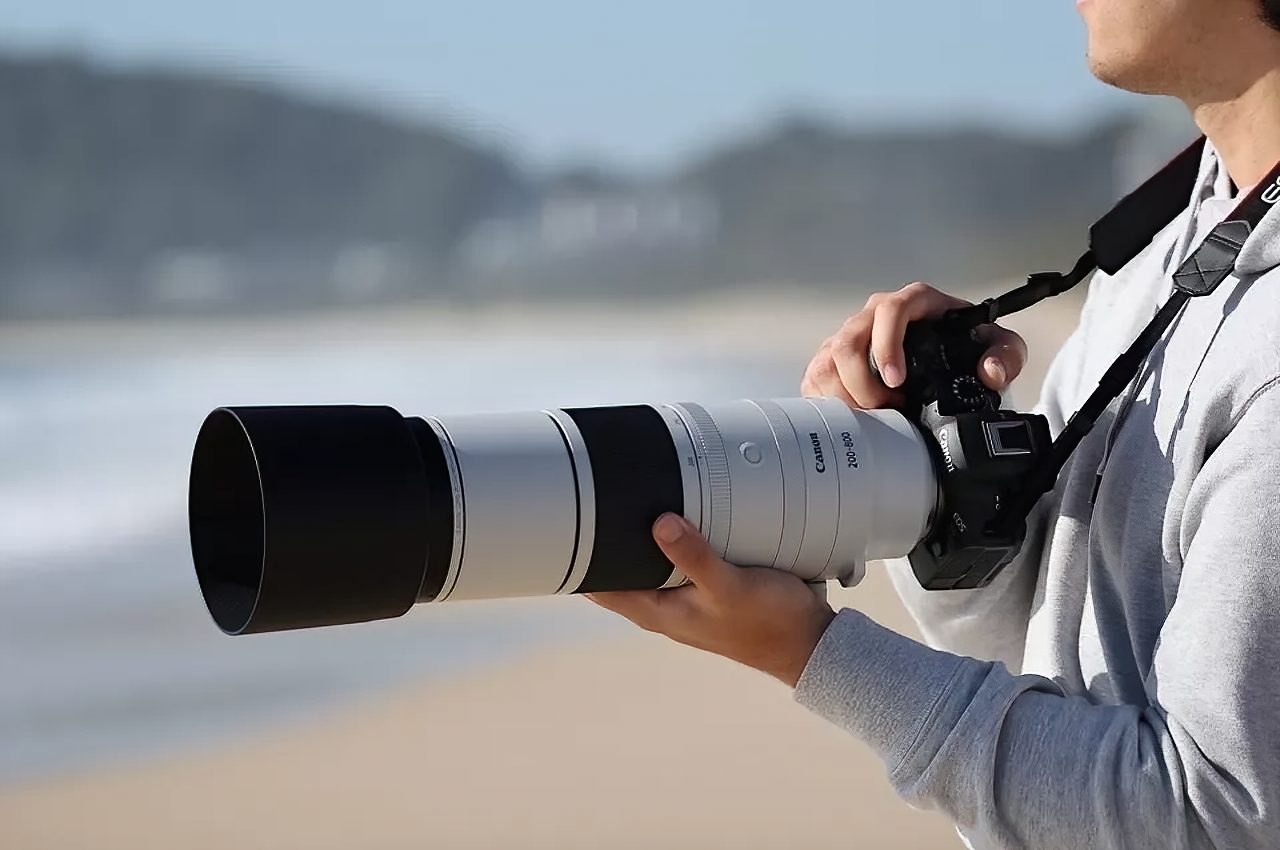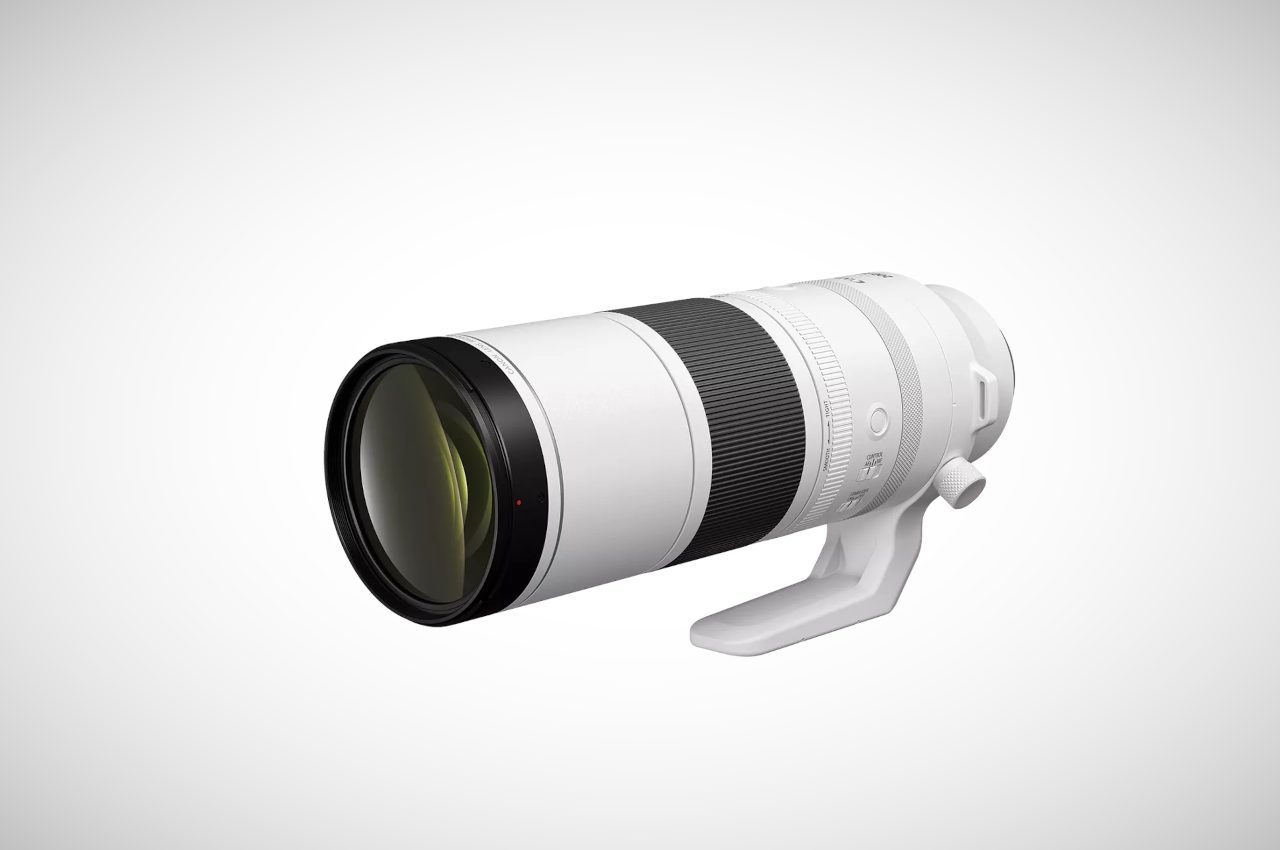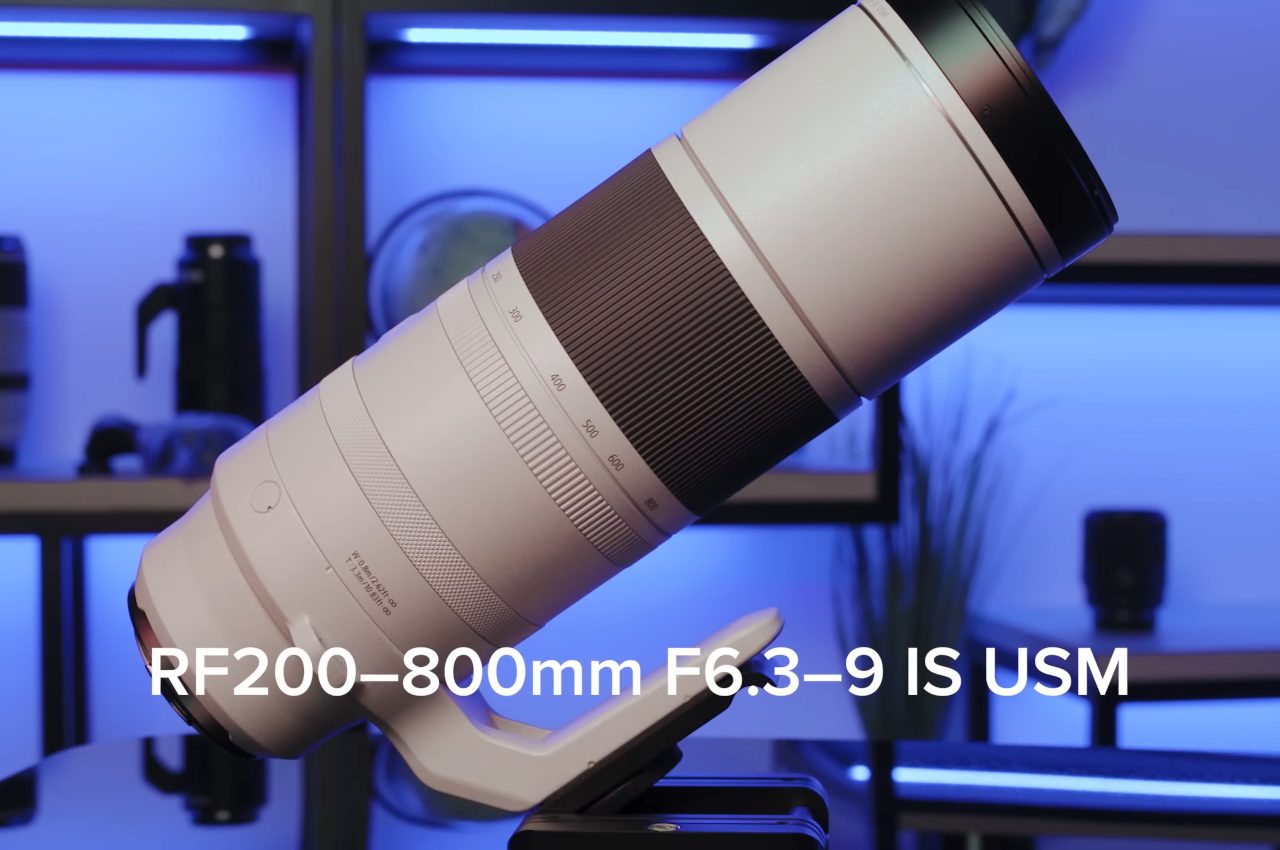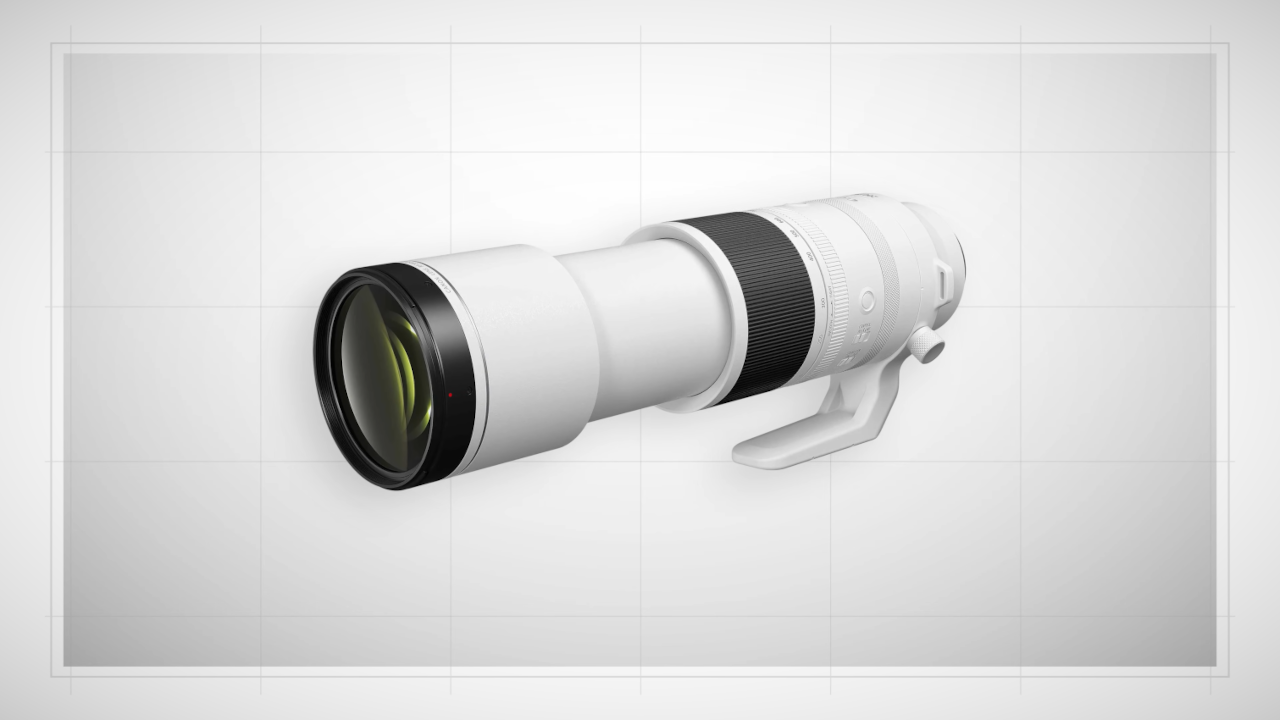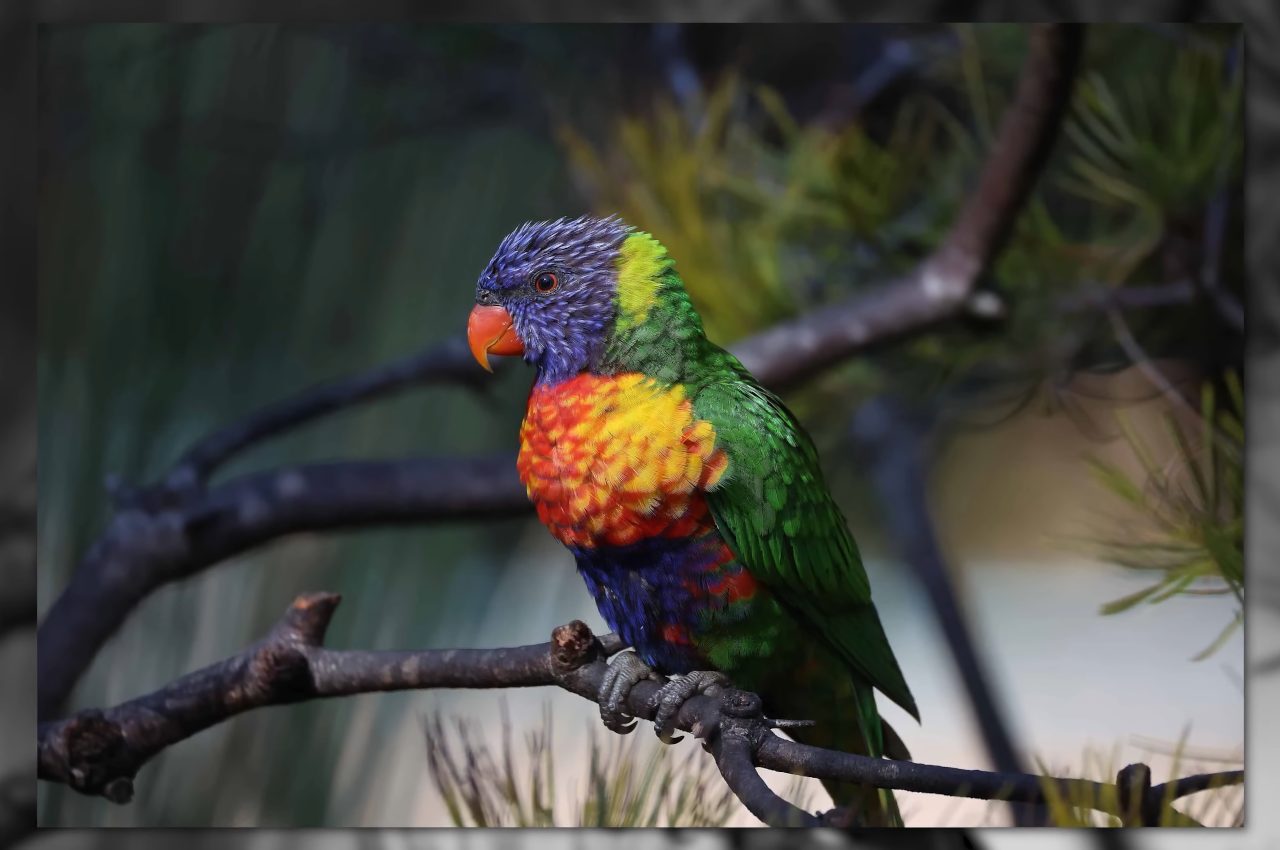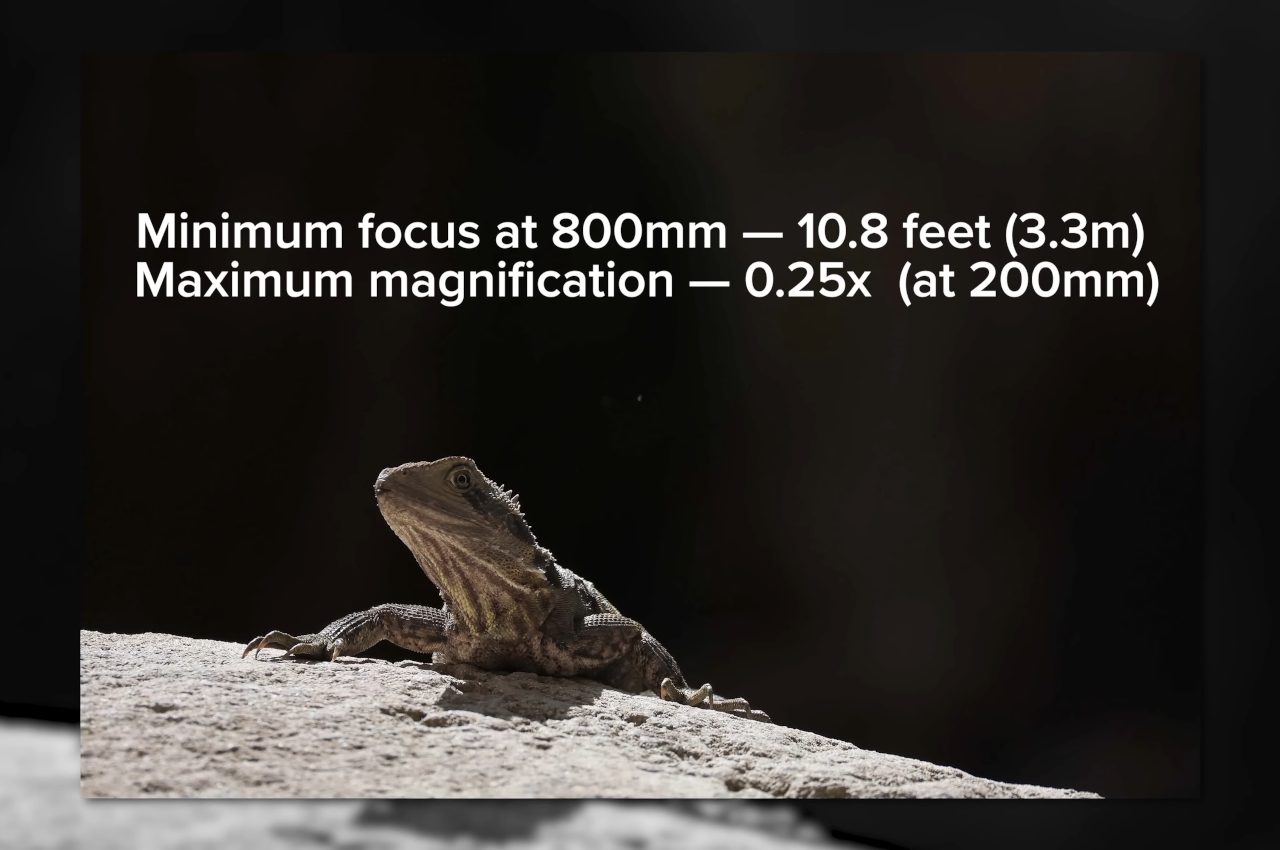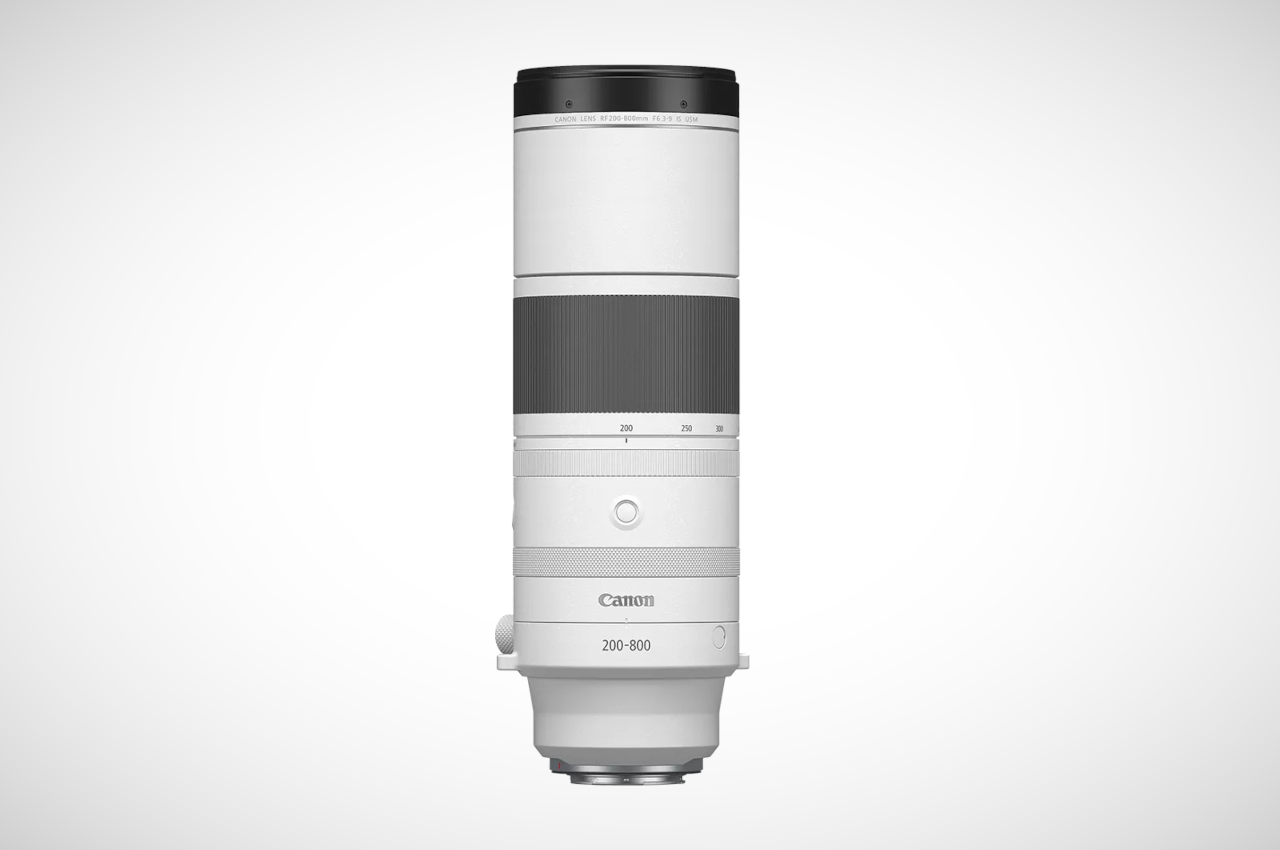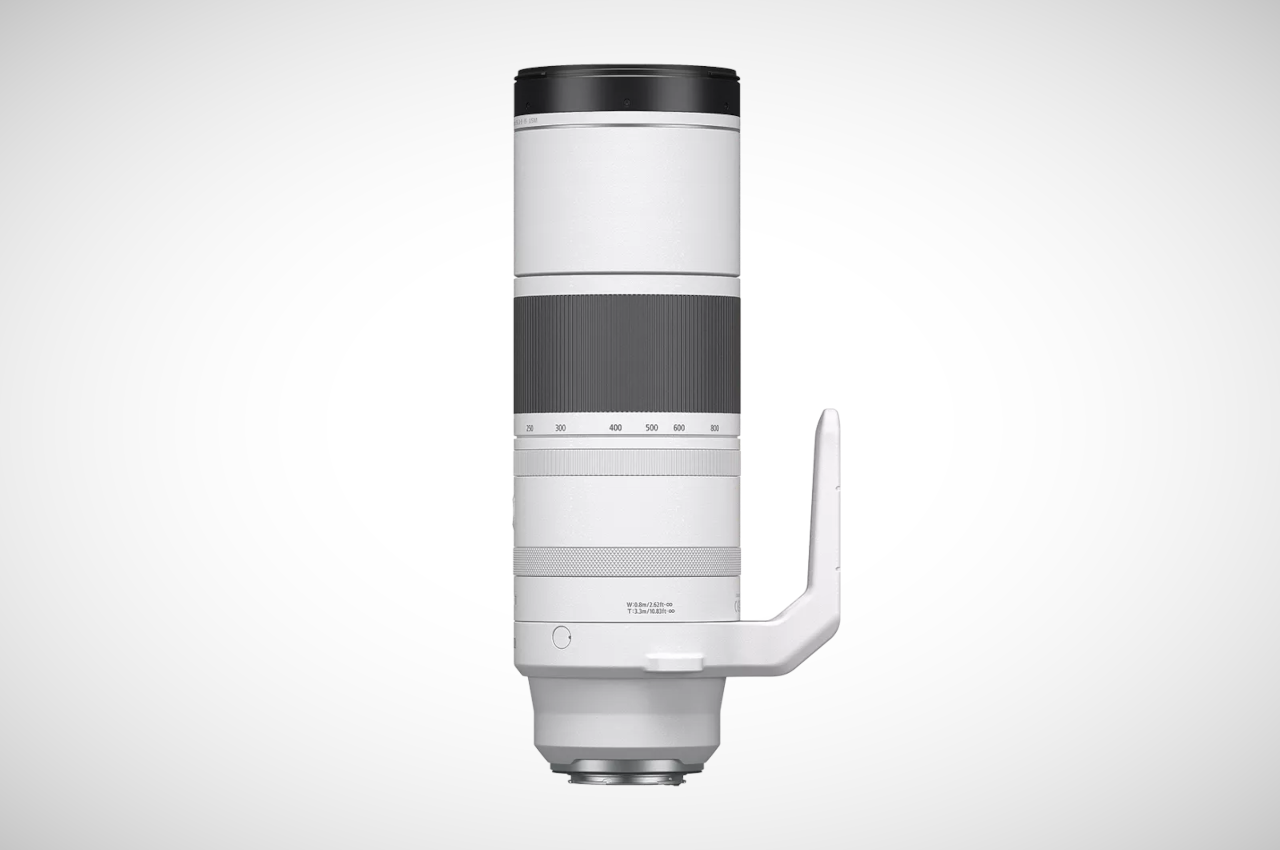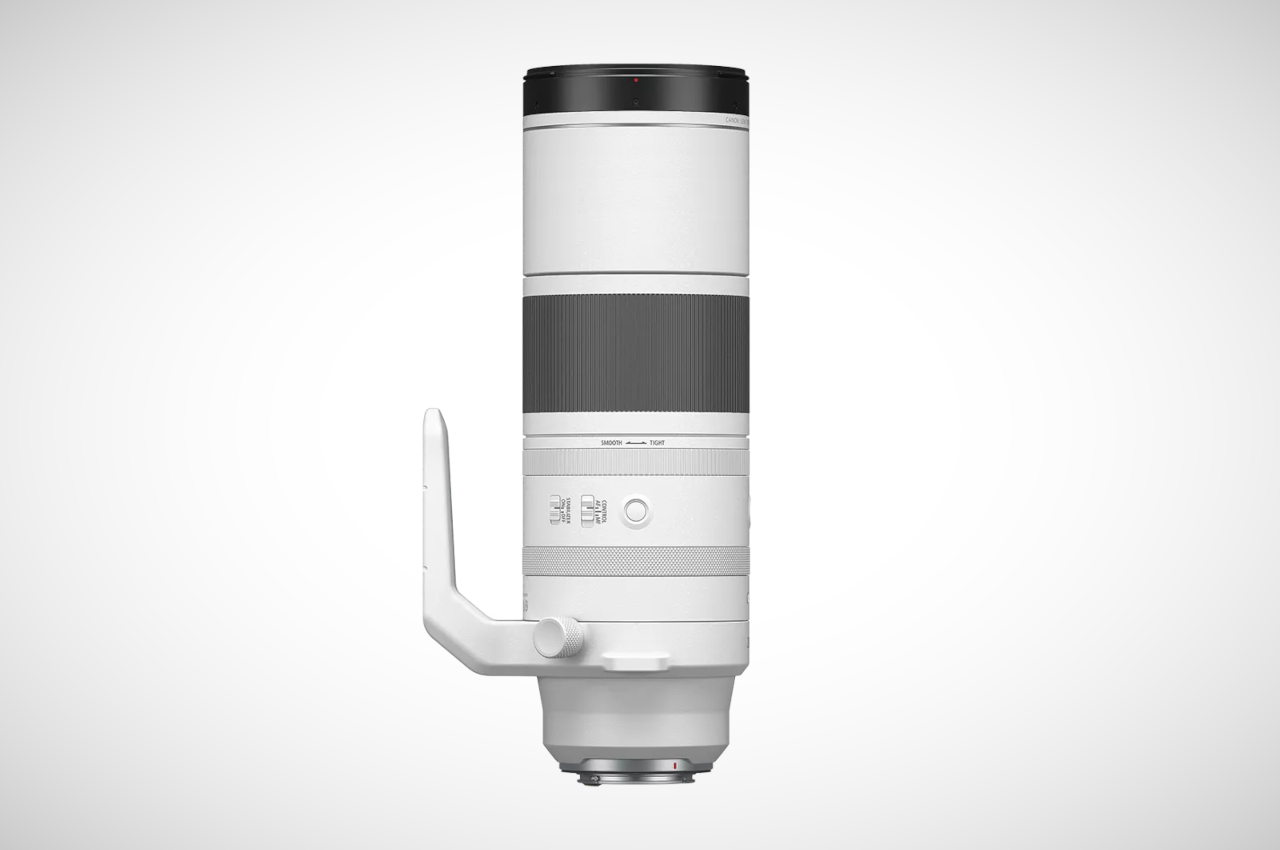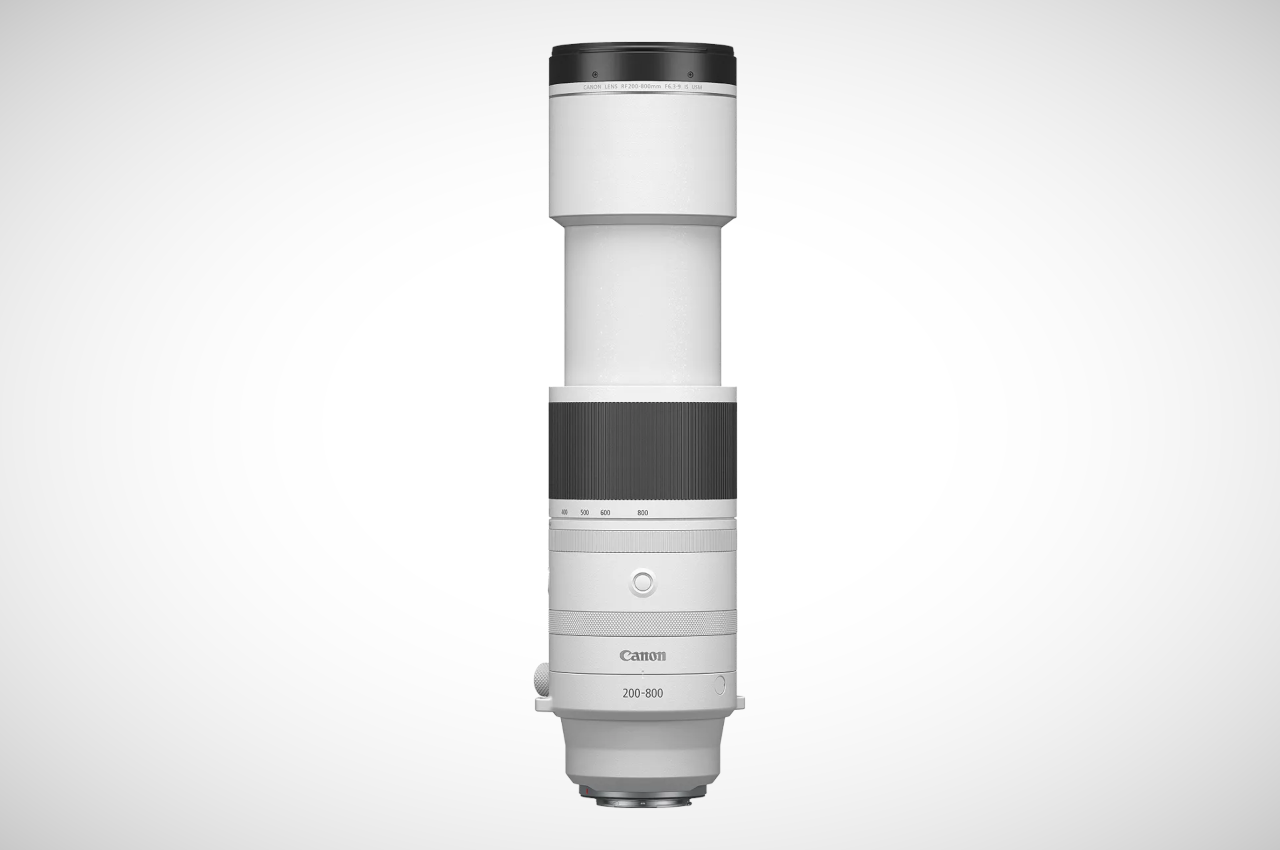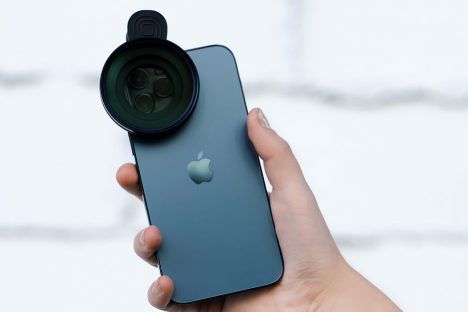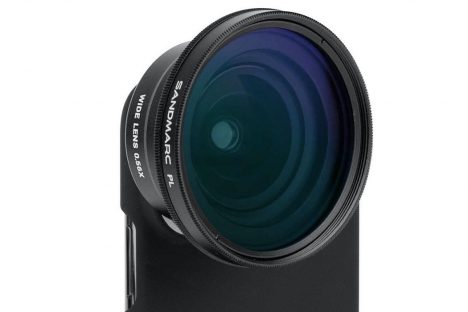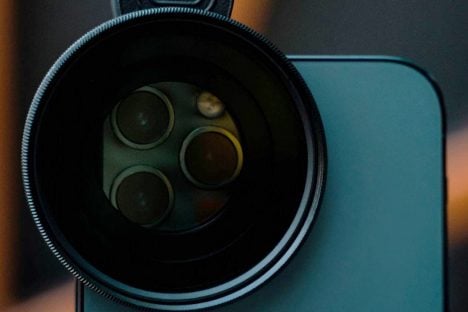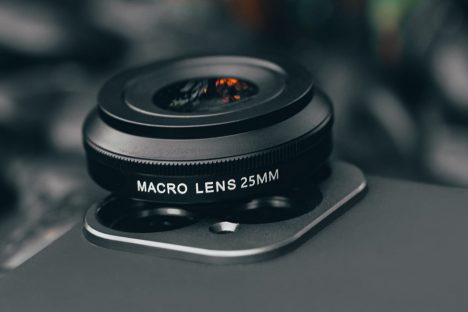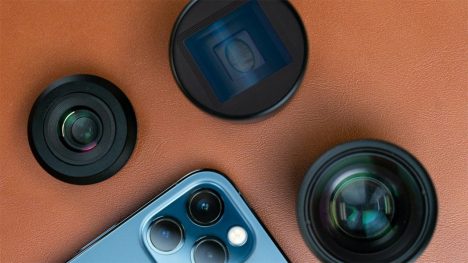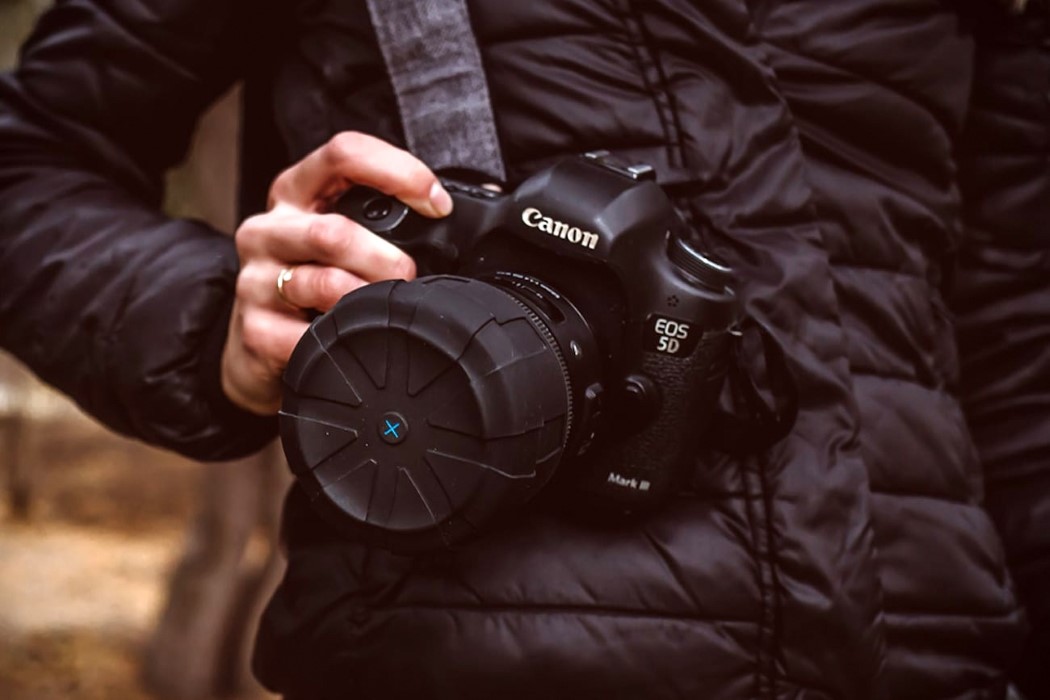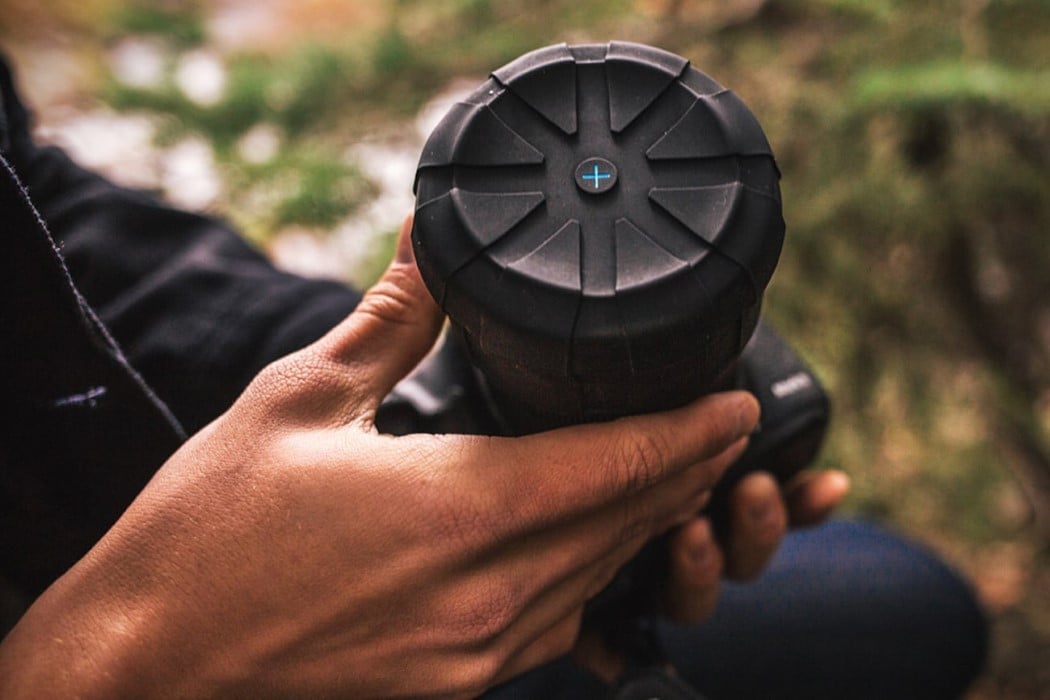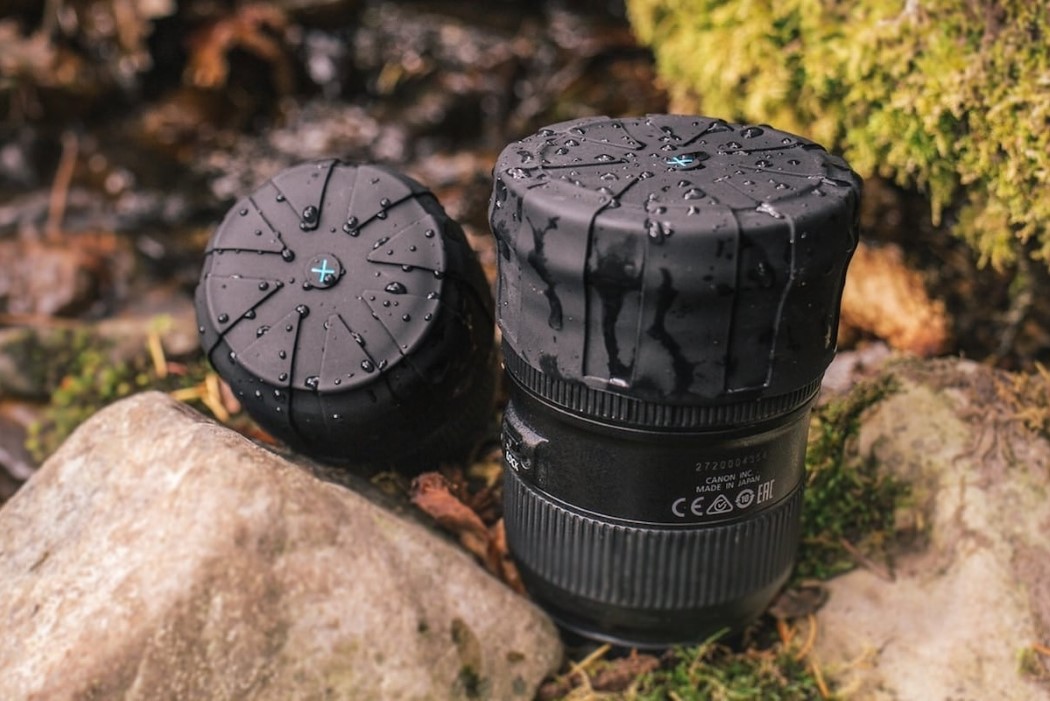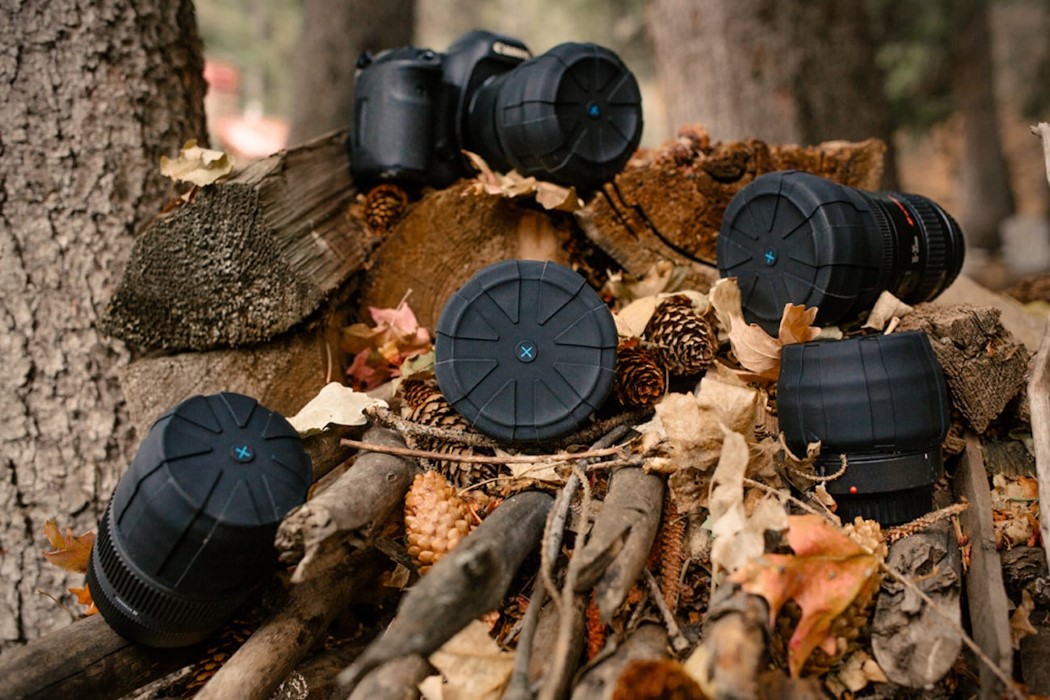Imagine adding a whopping 10x optical zoom to your iPhone 16 Pro or Samsung Galaxy S24 Ultra. Forget the moon, you could take pictures of a moon base with it! Jokes aside, the cameras on our phones are growing more and more powerful each day – but the only thing really changing is the algorithm that processes photos. The key differences between a DSLR and a phone camera still remain – the size of the sensor (which lets more light in), and the size of the lens (which enables a camera to see wider, closer, or farther). While phone sensors have been growing larger and larger, the camera bump has limited the lens’ capabilities… but this snap-on 240mm telephoto + macro lens is upgrading the smartphone photography game.
If you’re wondering how much further smartphone photography can go, the Super Telephoto 240mm Lens designed for the iPhone 16 Pro and Samsung S24 Ultra might be your answer. This lens promises to revolutionize how we capture everything from sweeping landscapes to intricate macro details. With a striking 240mm focal length, it offers a 10x optical zoom that pushes beyond the limits of the typical smartphone camera, bringing distant scenes into sharp, professional-quality focus. It’s built specifically for flagship devices like the iPhone 16 Pro’s 5x telephoto camera, which means it’s engineered to align seamlessly with Apple’s Tetraprism camera system, allowing for a reach and clarity that’s previously been out of reach for mobile users.
Designer: Reeflex
Click Here to Buy Now: $270 $395 ($125 off) Hurry! Only 11 of 130 left. Raised over $316,000.
The magic starts with the 10x magnification, which practically doubles the reach of standard 5x smartphone telephoto lenses. Imagine this: you’re at a concert or a sports event, seated far from the stage or field, but thanks to this lens, you can capture close-up, high-definition shots of your favorite band or the action on the field. The 240mm focal length offers a staggering zoom but it also brings sharpness and detail that might make you forget you’re using a smartphone at all. Even from the back of the venue, this lens can bring subjects into crisp focus, giving users the freedom to take professional-grade shots with ease.
Having a natural telephoto lens also means benefitting from natural bokeh rather than that computational AI-powered portrait mode with the inconsistent edges. The Super Telephoto 240mm lens is also designed to enhance portrait shots with natural depth, compression, and creamy bokeh effects, all from three to five meters away. The 10x optical zoom gives portrait shots a beautiful subject isolation that you usually only get from traditional telephoto DSLR lenses. This feature is perfect for portrait photographers who want to create striking, professional-quality photos directly from their smartphone.
Want to switch from telephoto to macro? Well, that’s when the ReeMag System comes handy. This magnetic attachment setup allows users to easily switch between telephoto and macro photography modes with a simple snap. Using magnetic add-ons, you can instantly transform this lens into a macro powerhouse. It’s as simple as snapping on the add-ons, no complex adjustments required. For macro photography enthusiasts, this lens setup is a game-changer. The 200mm and 300mm magnetic macro add-ons allow you to get detailed close-ups of subjects at comfortable distances. This means you can capture intricate textures like the delicate veins of a leaf or the patterns in an insect’s wings, all without having to get uncomfortably close.
The ReeMag system also applies to all of Reeflex’s earlier award-winning lenses from its G-series, like the Anamorphic 1.3x lens, the 110° Wide Angle lens, the Long Range Macro lens, or even the 220° Fisheye lens. Alternatively, Reeflex also lets you use the ReeMag system to snap on filters like its Variable ND filters, and CPL or polarizer filters that help you further fine-tune your shot for that DSLR-like feel. It’s a nifty ecosystem that Reeflex has developed that lets you explore different accessories and shooting styles with your existing flagship smartphone.
Designed with high-end smartphones in mind, this lens integrates particularly well with the latest Apple and Samsung flagships. For iPhone 16 Pro users, the 240mm lens aligns with the 5x telephoto camera, meaning that it takes advantage of the Tetraprism system for optimal results. On the Samsung S24 Ultra, the lens offers similar enhancements, working seamlessly with Samsung’s top-notch camera specs to elevate mobile photography standards. Users of these devices can expect a noticeable upgrade in quality, even when pushing the lens to its maximum zoom capabilities. This focus on compatibility highlights the thoughtful design of the lens, which makes it one of the few add-ons crafted to meet the demands of flagship smartphones’ advanced hardware.
Reeflex isn’t new in the smartphone camera game. Aside from its award-winning G-series smartphone camera lenses, the company has also developed dedicated smartphone apps for capturing and recording media. These apps let you access pro features as well as capture in unique formats such as long-exposure or even time-lapse. With over 300,000 downloads on the App Store, Reeflex’s hardware + software handshake makes it perfect for serious photographers who want to push smartphone photography to its maximum.
Depending on the bundle you buy, the Reeflex Super Telephoto 240mm lens kit starts at $270, which includes the telephoto lens, along with a set of 300mm Macro and 200mm Macro add-on lenses. You also get a smartphone case (iPhone or Samsung) to help you easily mount the lenses onto your phone. You can upgrade to include some of Reeflex’s original G-series lenses with your bundle too (there are bundles for Macro or Portrait photographers), or just splurge on the $1,158 Ultra Kit which includes all of Reeflex’s previous lenses and filters compatible with the ReeMag system. The lenses ship globally starting January 2025, so if photography is your passion (or your new year resolution), grab your kit now!
Click Here to Buy Now: $270 $395 ($125 off) Hurry! Only 1 of 130 left. Raised over $316,000.
The post The Best Camera Lens for iPhone 16? Meet The Reeflex Super Telephoto 240mm Lens with 10x Zoom first appeared on Yanko Design.
